What connects all upper-middle-class houses, public institutions’ buildings, stadiums, and golf fields? A hint: it is aesthetic, it is high-maintenance, and it is a prime example of a single species use. The answer is ― the lawn. The history of lawns goes back to the late Middle Ages, and is, from the very beginning, charged with a lot of symbolism. As a symbol of the upper socioeconomic class, the lawn has, throughout the centuries, stood for wealth, order, and elegance. This is due to the unproductive use of soil; only rich people could afford a piece of land with nothing but grass on it. With time, lawns have been introduced to upper-middle-class residential architecture and public institutions, as they decorate the front yards of courts, museums, and administrative buildings. They also greet guests to private houses, representing the owner as a neat and organised person with means ― if the lawn is well maintained. If the lawn is unkempt, it also says something about the owner.
Taking over many of the urban green spaces, lawns are also connected with concerning statistics about water and energy usage and an enormous public budget that goes into maintaining them. Not to mention biodiversity; from an urban ecology perspective, lawns are definitely not the most optimal urban low-height green infrastructure (LHGI). In the meantime, cities are on the frontline of the climate battle and have a significant potential for the future of conserving global biodiversity (Grimm et al., 2008, p. 759). The main purpose of this essay is to highlight the fact that with lawns dominating the urban landscape of LHGI, this potential will not be fully realised.
To fully understand the problematics of lawns, it is necessary to explain their history, socioeconomic context, and environmental consequences. What is the context of the contemporary popularity of lawns and their potential to become something more than green-coloured deserts?
The role of lawns in urban ecology
Ecosystem services (ES) may be the dominant framework for understanding urban nature nowadays, but our ancestors passed on to us certain habits of using nature with a strictly aesthetic goal in mind. Even though urban nature can (and should as argued by designers and architects such as Lance Hosey) be aesthetic, in the context of diminishing biodiversity and climate crisis, urbanites should think of more than just the looks. In his book The Shape of Green; Aesthetics, Ecology and Design, Hosey advocates for the kind of design that will bridge beauty with the green approach. He creates a “decalogue”, a beauty manifesto, as he calls it, with ten principles that help achieve this goal. To name a couple, he advises seeing good design and green design as uniform and consistent. The same goes for aesthetics and sustainable development. Also, the function and the looks should coexist, without one limiting the other (Hosey, Rasmus-Zgorzelska & Janicka, 2021, p. 171). While making up for a big part of the urban tissue, lawns do not adhere to these rules. Their purpose, maintenance costs, and ecosystem limitations they create make them not much more than merely an aesthetic quality of the place. In the meantime, cities, being the centres of creativity, science, cultures, and arts should take responsibility for going beyond aesthetics and redefining our relationship with urban nature.
As argued by Seto et al. (2013, p.1), “it is no longer possible to construct sound ecological science without explicit attention to urbanisation as a key driver of global ecological change”. At the same time, cities experience the urban heat island effect, water retention problems, and increased air pollution, which means they also depend more and more strongly on green and blue infrastructure to be more resilient. They need trees to bring shade and they need ponds, lakes, and soils to become sponge cities. In this sense, nature needs cities, and cities need nature. To understand this correlation, we have to look at cities as a form of an ecosystem, which has been done since the 1920s with the sociological research of the Chicago School. Needless to say, the contemporary perspective on urban ecology is very different from the one from 100 years ago. According to Grimm et al., “urban ecology integrates natural and social sciences to study these radically altered local environments and their regional and global effects. Cities themselves present both the problems and solutions to sustainability challenges of an increasingly urbanised world” (2008, p. 756). Part of the city’s influence on nature is having a homogenising effect on the regional biodiversity, as humans enforce a very heterogeneous patchwork of habitats and species in and around cities, the more important it becomes to use this influence in a smart way. This means filling our cities (both in a public and private setting) with spaces that will support something that Steffen et al. call planetary stewardship. By that, they mean that the “business-as-usual” approach cannot continue, which becomes clear looking at the financial instability, social and economic inequalities, and, most importantly, environmental degradation. Planetary stewardship relies on a polycentric and multi-level engagement in the critical issues that have become apparent on Earth. In other words, it means taking responsibility for more than just human lives and representing other species in the battle for a healthier and liveable planet (Steffen et al., 2011, pp. 756-757). How does that connect with lawns?
Lawns are cultivated on the level of individuals, counties, towns, cities, and states. They are one of the most popular forms of green infrastructure people worldwide (especially in the Global North that has the means for a more responsible and engaged greening) choose for their front and back yards. This means there is an enormous amount of green space all around the world that is only serving the aesthetic function, while it could easily be transformed into something that adheres to Hosey’s principles. However, before we can dive into the concerning statistics that prove lawn management problems need our attention, we need to understand where the symbolic value of lawns come from.
The historical perspective
Why do we think lawns are beautiful? This idea was enforced by the English and French aristocrats who nurtured lawns in front of their castles since the late Middle Ages. Before lawnmowers and water sprinklers, it was also a very time-consuming type of land use, much more costly than it is nowadays. Apart from the upkeep costs, there was also the matter of productivity of land; only the richest people in the world could afford to have (often very big) pieces of land that produce nothing of value (Harari, 2017, p. 67). In this sense, it was somewhat of a “green extravaganza” to own a lawn. And so, a patch of grass became an attractive and powerful symbol of authority and by the late modern period, it entered the realm of public property. At the same time, lawns started playing an important role in the world of sports. Since the nineteenth century, lawns have been a central element of football, tennis, golf, and other high-end sports. Harari claims we can easily assume that if one plays sports on lawns, they are a person of high economic means (2017, p. 68). In the end, when we imagine children of non-privileged families training to become the new generation of football players: they are definitely not playing on grass, but on the concrete of the street or a dirt field.
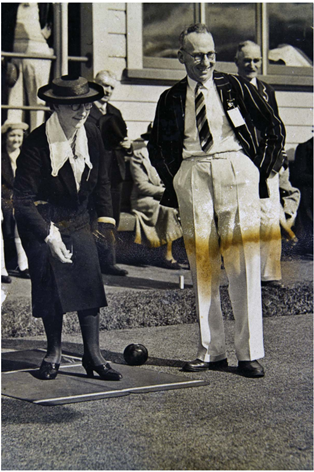
Thus, the lawn entered the minds of common people as a symbol of money, power, and prestige, and with that view, it prevailed until the present times. With the big wave of automatisation that marked the Industrial Revolution, came the automatic sprinkler and the lawnmower that quickly caused millions of families to fulfil the desire of having a “perfect” lawn in front of their house. The suburbia became filled with lawns and neighbours competing against each other to achieve the neatest grass in their gardens (especially the front yards obviously). Like many other aspects of the “modern dream”, a suburban house with a lawn gained the biggest popularity in the United States.
As highlighted by Harari (2017, p. 69) “grass is nowadays the most widespread crop in the US after maize and wheat, and the lawn industry (plants, manure, mowers, sprinklers, gardeners) accounts for billions of dollars every year”. In Europe, grasslands cover over a third of all agricultural areas (Velthof et al., 2014, p. 7). At least the majority of North American and European lawns are situated in areas where it was traditionally feasible to grow a lawn due to a mild climate (Smith & Fellowes, 2013, p. 158). In the meantime, the ideals of money, power, and prestige are widespread around the globe. And so, the symbolism of lawns becomes appealing also to countries such as Dubai and Qatar, located in very unsuitable climates for this kind of greenery. As a result, we see lawns being planted in the middle of the Arabian desert, which requires enormous amounts of water every day (Harari, 2017, p. 73).
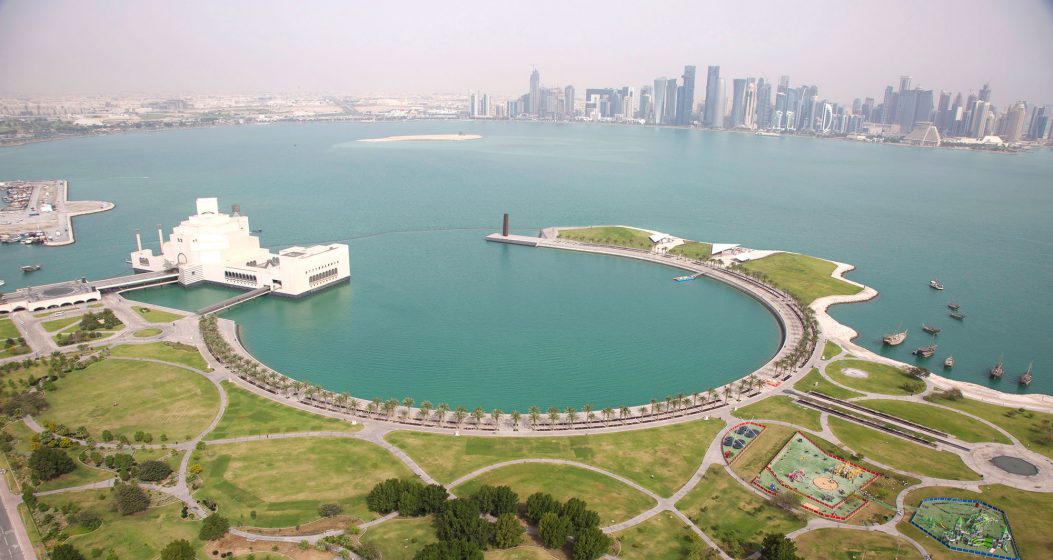
Contemporary lawns, in addition to being widespread, are also composed to adhere to the prevailing modern aesthetics of straight lines, symmetry, and unification that we inherited from the XXth century. Hence the ideal of a modern lawn consists of perfectly green layers of single-species grass, not taller than ten centimetres. However, before modern times, it was not the only aesthetic cultivated by lawn owners. In this sense, we can learn from the historical perspective on lawns. According to Smith & Fellowes (2013, pp. 157-158), the prevailing aesthetic was for a long time an imperfect lawn. They write that the mediaeval lawns were portrayed by artists as flowery, with, among other species, lilies, irises, poppies, primroses, and wild strawberries.
“For these species to survive, it would indicate mediaeval meads were likely to have been mown much less frequently than the usual twice-monthly mowing received by their modern lawn counterparts since both the intensity and frequency of mowing have a strong effect on the continuents of any sward” (Smith and Fellowes, 2013, p. 159). Such diversity of species, achieved through widened aesthetic boundaries for lawns (and little possibility for intense management) meant a better environment for pollination and hence for biodiversity. It also seems closer to the ideals represented by Hosey’s ten principles than the aesthetic of modern lawns. Therefore, we can understand the problematic symbolism of lawns through their historical context, but this context can also teach us about how to improve the lawn aesthetics and composition that we blindly inherited after the modern-era single-species lawns. The contemporary quantitative reality of lawn-keeping proves that this field needs many changes.
Modern lawns in numbers
The grandiosity of the lawn industry makes it a significant case study for urban ecology. Lawns-related data can be found for many different countries where the numbers are becoming problematic. Only some of them will be described in this essay due to the limits of this study, but the ones described already prove the existence of a larger problem. For example, according to Francoeur et al. (2021, p. 1), lawns take up from 8 to 16 million hectares of space in the USA. Being cultivated in both private and public properties, lawns, together with materials used to keep them up, have a significant effect on the city’s environment and ecosystem. Not to mention the budget put into mowing and watering them. In Poland, calculations have been made that point at annual public spending of 2 billion zlotys (roughly 425 million euros) on public lawns (Kosić czy nie kosić? Miasto Jest Nasze, 2019). Studies made in Newcastle, Australia, have shown that 11.6% of the total nonmethane hydrocarbons emission in the city come from the use of lawnmowers.
In the USA, gas-fuelled mowers have been proven to emit 26 million tonnes of polluting substances into the air each year, which makes up for almost 11% of the total pollution emitted in the country, excluding the transport industry emissions (Skłodowski, 2019). When it comes to watering, a lawn that adheres to the modern aesthetic requires 10 litres of drinkable water per square metre of grass. We should also not forget about the noise pollution caused by lawnmowers. They produce noise of the intensity of around 80dB, while the European Union norms consider all noise beyond 55dB detrimental (Skłodowski, 2019). All these statistics show that we pay a high price for the aesthetic of a modern lawn, while the aesthetic has not always been so strict. Similarly, to Hosey’s argument, the aesthetics of lawns can and should be related to their value for the natural environment and a lower energy cost. All it would take is redefining the aesthetic so lawns could be mowed less often, require less strict, care, and consist of more than one species. The benefits of such changes will be further explained.
Lawns vs ecosystem services
As shown in the previous paragraph, we pay a high price for the modern lawn aesthetic. However, having the goal of planetary stewardship in mind, we also have to consider how this aesthetic affects other species. The relationship between lawns and biodiversity is discussed by many authors, who investigate the effect of different types of low-height urban green infrastructures (LHGI) on ecosystem services (ES). Francoeur et al., (2021, p. 1) compare four different LHGI; “unmanaged sowed indigenous herbaceous vegetation (flower meadow), medium-sized hedgerow, highly maintained lawn and naturally regenerated shrub vegetation (natural)” to understand how their height, volume, plant richness, plant diversity, and maintenance affect two ecosystem services that they deem crucial in mitigation of climate crisis, namely habitat for biodiversity and urban heat mitigation. In their study, they prove how the plant volume of a lawn (around 6.83m3), compared to the volume of a flower meadow (around 39.16m3) negatively impacts the arthropod biomass, which increases by 0.109 mg per m3 of vegetation” (2021, p. 6).
The endangered population of arthropods is very important for pollination and hence for a more diverse habitat for other species, such as insects and birds. Biodiversity co-created by arthropods also affects the overall ecosystem functioning, persistence, and resilience (Francoeur et al., 2021, p. 2). As for heat mitigation, the authors observe that a higher plant structure lowers plot surface temperature. The temperature decreases by 1°C with every 1.53m3 increase of density of vegetation. In other words, the density, and the height of the GI matter, and as much as we need LHGI in our cities, especially in spaces unsuitable for tree plantation, they could be much more valuable for heat mitigation and biodiversity than lawns we know nowadays, which are often nothing more than green deserts.
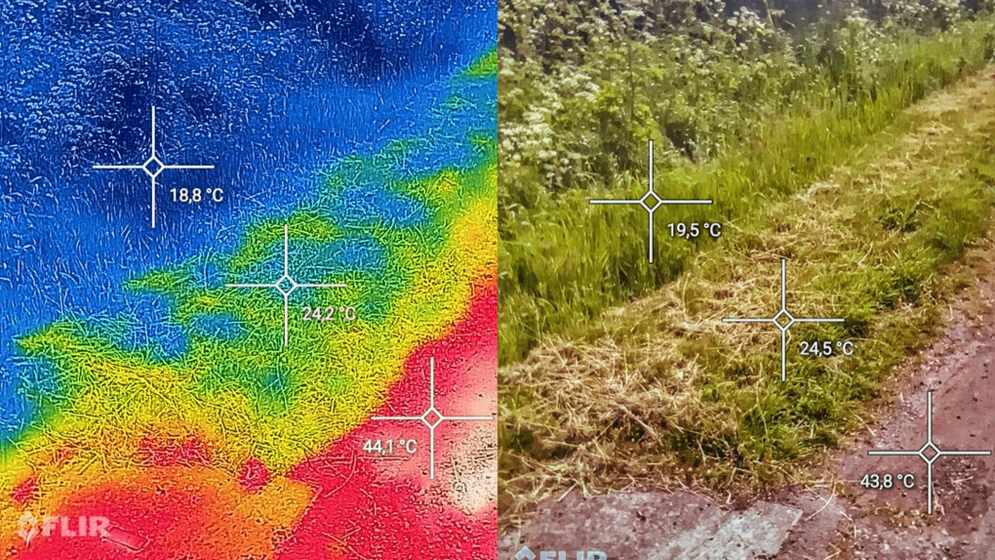
What could be done to improve ES provided by lawns? Francoeur et al. argue that this goal can be easily achieved through complexifying their oversimplified composition. This means lawns could be “enhanced through simple vegetation interventions” (2021, p. 2); improved by allowing for taller and more diverse vegetation, rather than single-species and 10 cm-tall norms. Maintenance, such as mowing, is proven to have a negative influence on plants, invertebrates, and soil microbes. It also directly affects plant diversity; low-intensity management of grasslands can increase plant diversity from 15% to 62% (Chollet et al., 2018, p. 122). This is because less mowing means higher plant volume and hence more space for vegetation. This problem is widely covered by the topical literature, as mowing has an individual dimension to it; for private lawn owners, it would just require mowing less to achieve better ES outcomes (Watson et al., 2019, p. 437). All in all, low-intensity lawn management is shown as a simple way to decrease maintenance costs (which, as shown above, are quite significant), promote urban biodiversity, decrease the urban heat island effect, limit weed and pest invasions (that are often highly allergenic), and finally reduce carbon emissions (Watson et al., 2019, p. 444).
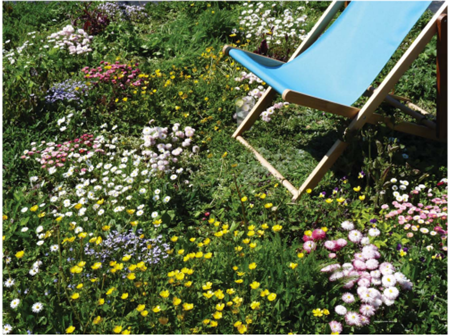
Additionally, all of this can be done without allocating entirely new spaces to urban greenery, but actually focusing on what we can change in the existing ones. The constraints of the new era of improved lawns are of political, cultural, and aesthetic nature (Francoeur et al., 2021, p. 7). However, as highlighted by Hosey, it is time to blend our cultural and aesthetic values with the environmental ones, which will hopefully be followed by policies that support such an approach. Only under such conditions can we ever achieve Steffen’s planetary stewardship goal.
Conclusion
The word potential in the title of this essay points to the hope of moving away from the cultural and aesthetic foundation of the lawn industry. While the contemporary lawn still carries the story of social and economic inequalities that propagated the commonly accepted aesthetic of high-intensity management of grasslands, more and more attention is drawn to how little sense this aesthetic actually makes nowadays. Under the contemporary circumstances of the desperate need for ES in cities in the dawn of climate catastrophes, we cannot afford anymore, both economically and environmentally, to hold on to this detrimental ideal of a perfectly mowed, one-coloured (and hence single-species) grass in our front yards, backyards and in our public spaces. The potential for a new era in the lawn industry, as well as in other LHGI, lies in the simplicity of the solutions proposed by scholars. Every individual lawn owner can incorporate and benefit economically.
The same goes for public institutions and municipalities that spend enormous amounts on lawn management, as shown above. Complexifying lawns is not a difficult task from a technical perspective, and it involves spaces that are already there, which highlights the aforementioned potential of cities in homogenising and enhancing regional biodiversity. All we need is a wider understanding of the context of the prevailing aesthetic, its historical roots, and its economic and environmental consequences.
Fortunately, the interest in ES is growing and with it, the number of people who put thought into the green spaces that surround them. Outside of the academic environment, people are popularising knowledge presented in this essay on social media and in online articles for passionate amateur gardeners. The aesthetic of a meadow is becoming increasingly popular among city dwellers and urban planners (Skłodowski, 2019). Even Netflix has recently added to its selection a documentary entitled British Garden: Life and Death on your Lawn which exposes the richness of life and the value of biodiversity in suburban gardens. Hopefully, it will draw the attention of a wider audience to the problem of lawns, but it is difficult to speak optimistically about this issue.
On one hand, the debate is engaging more and more people in rethinking the way they go about their gardens and urban dwellers and planners start seeing the advantages of urban meadows and incorporating them into their approach. On the other hand, many people with a very different approach come to the conclusion that the best solution is to install artificial grass in their yards. This is either because they only care about the economic consequences of lawn-keeping and want to save money on mowing and watering, or because they fall for greenwashing strategies of the artificial lawn producers who attract customers by highlighting how bad the real lawns are for the environment. As such, they bring in the arguments of the carbon footprint from mowing and water usage that goes into lawn management. They only fail to mention that their product, even if cheaper and requiring no care, is merely plastic and completely useless for biodiversity, heat mitigation, and other ecosystem services (Sztuczny trawnik – czy warto kupić? Zielony Ogródek, 2019).
We can only anticipate that it is the first, not the second approach that will dominate the enormous industry of lawns, and ultimately change their story from the story of inequalities and green deserts to the story of realised potential.
Alicja Wójcik
Brussels
References
Chollet, S., Brabant, C., Tessier, S., & Jung, V. (2018). From urban lawns to urban meadows: Reduction of mowing frequency increases plant taxonomic, functional and phylogenetic diversity. Landscape and Urban Planning, 180, 121–124. https://doi.org/10.1016/j.landurbplan.2018.08.009
Figure 2: Museum of Islamic Art Park in Doha, Qatar. Radisson Blu Blog. (n.d.). Retrieved June 9, 2022, from https://blog.radissonblu.com/best-family-friendly-parks-doha/museum-of-islamic-art-park-in-doha-qatar/
Figure 3: Ortega, L. (2021, June 15). Zastanów się zanim Ostrzyżesz Trawnik! . Twitter. Retrieved June 9, 2022, from https://twitter.com/ortegadry/status/1404792037975760900?s=20&t=cpPV37Rfd-YnLzXPCvPu0Q&fbclid=IwAR322c-R5UuSW_c4jN75i0Az45zDEhFdz0bFHV6JMynew9TNxWOBJRUJSKc
Francoeur, X. W., Dagenais, D., Paquette, A., Dupras, J., & Messier, C. (2021). Complexifying the urban lawn improves heat mitigation and arthropod biodiversity. Urban Forestry & Urban Greening, 60, 127007. https://doi.org/10.1016/j.ufug.2021.127007
Grimm, N. B., Faeth, S. H., Golubiewski, N. E., Redman, C. L., Wu, J., Bai, X., & Briggs, J. M. (2008). Global change and the ecology of Cities. Science, 319(5864), 756–760. https://doi.org/10.1126/science.1150195
Hosey, L., Rasmus-Zgorzelska, A., & Janicka, D. (2021). Kształt Zieleni: O estetyce, ekologii I Projektowaniu. Wysoki Zamek.
Kosić czy nie kosić? Miasto Jest Nasze. (2019). Retrieved June 8, 2022, from https://miastojestnasze.org/kosic-czy-nie-kosic/
Seto, K. C., Parnell, S., & Elmqvist, T. (2013). A global outlook on urbanization. Urbanization, Biodiversity and Ecosystem Services: Challenges and Opportunities, 1–12. https://doi.org/10.1007/978-94-007-7088-1_1
Skłodowski, M. (2019). Te Szkodniki Wyglądają Niewinnie. O szkodliwości koszenia | Fundacja Łąka. Retrieved June 8, 2022, from https://laka.org.pl/laka-kwietna/o-szkodliwosci-koszenia/
Smith, L. S., & Fellowes, M. D. (2013). Towards a lawn without grass: The journey of the imperfect lawn and its analogues. Studies in the History of Gardens & Designed Landscapes, 33(3), 157–169. https://doi.org/10.1080/14601176.2013.799314
Steffen, W., Persson, Å., Deutsch, L., Zalasiewicz, J., Williams, M., Richardson, K., Crumley, C., Crutzen, P., Folke, C., Gordon, L., Molina, M., Ramanathan, V., Rockström, J., Scheffer, M., Schellnhuber, H. J., & Svedin, U. (2011). The anthropocene: From global change to planetary stewardship. AMBIO, 40(7), 739–761. https://doi.org/10.1007/s13280-011-0185-x
Sztuczny trawnik – czy warto kupić? Zielony Ogródek. (2019). Retrieved June 8, 2022, from https://zielonyogrodek.pl/ogrod/trawniki/5173-sztuczny-trawnik-czy-warto-kupic
Velthof, G.L., J.P. Lesschen, R.L.M. Schils, A. Smit, B.S. Elbersen, G.W. Hazeu, C.A. Mucher, and O. Oenema (2014). Grassland areas, production and use. Methodological studies in the field of Agro-Environmental Indicators. Eurostat
Watson, C. J., Carignan‐Guillemette, L., Turcotte, C., Maire, V., & Proulx, R. (2019). Ecological and economic benefits of low‐Intensity Urban Lawn Management. Journal of Applied Ecology, 57(2), 436–446. https://doi.org/10.1111/1365-2664.13542

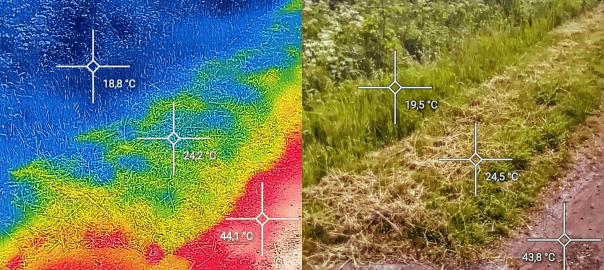


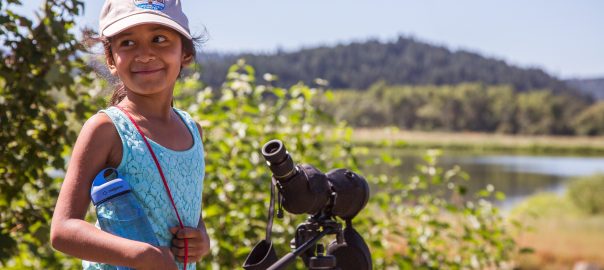
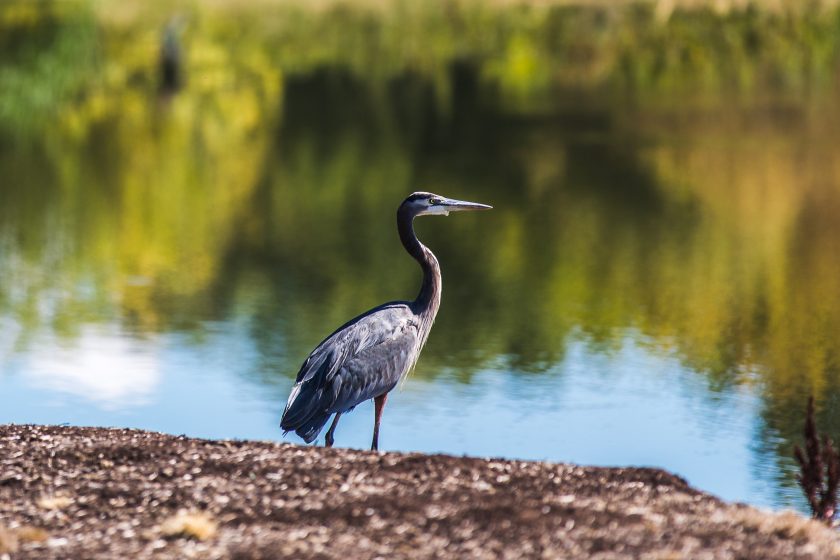
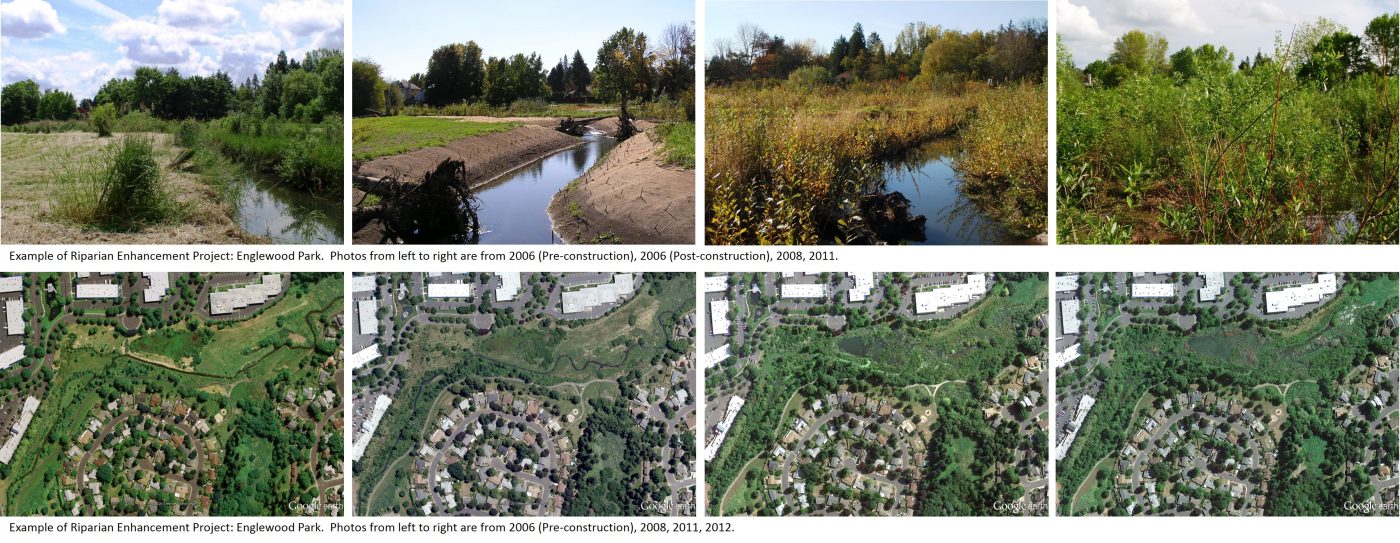
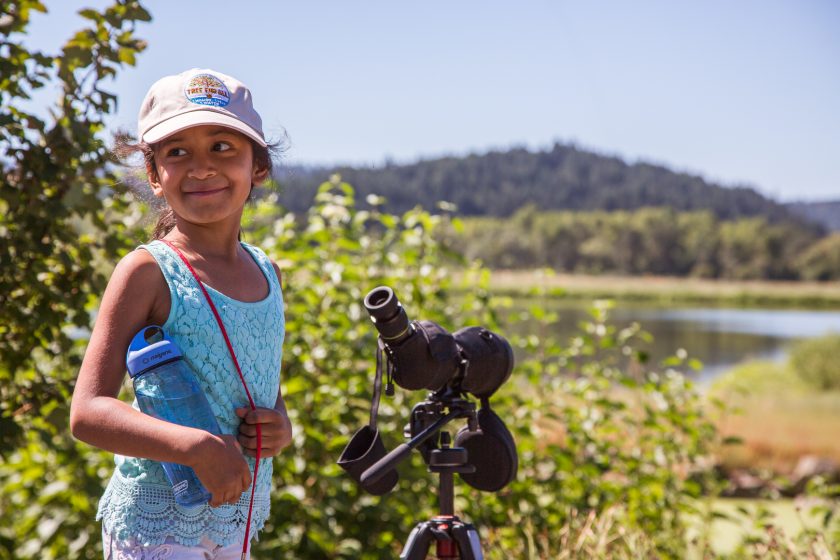
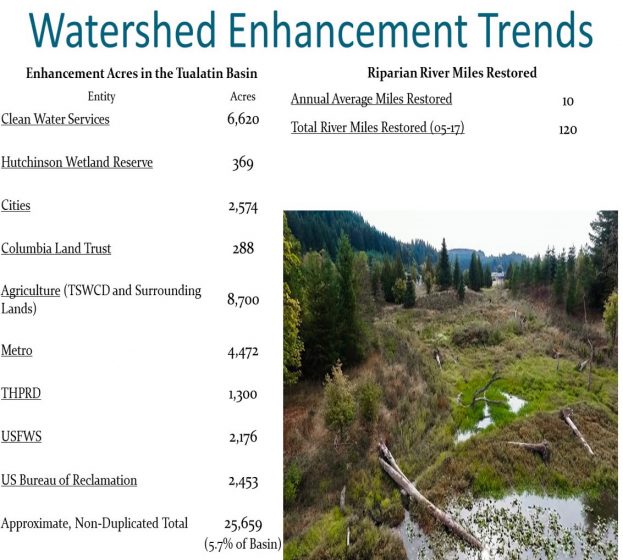 Speaking a common language: using a voice that engages and inspires
Speaking a common language: using a voice that engages and inspires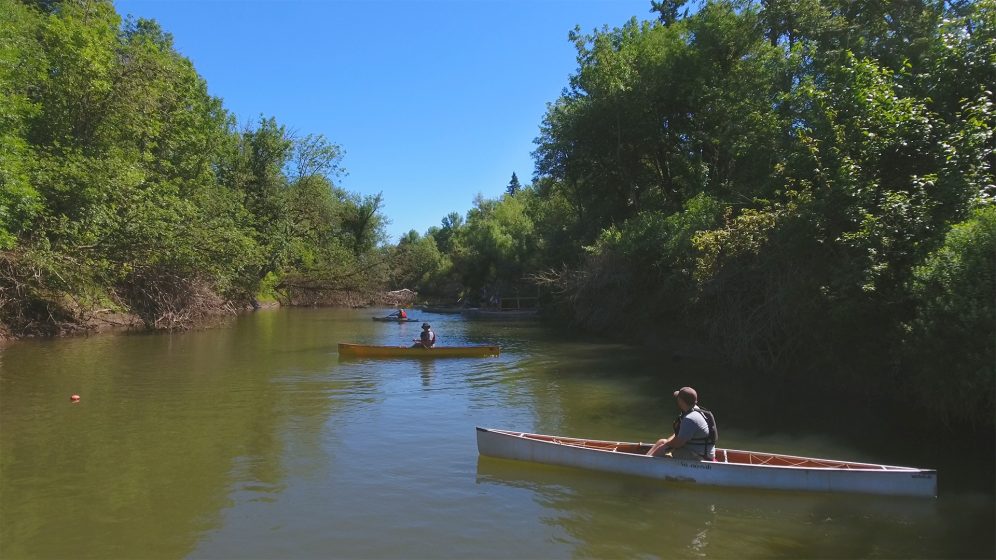
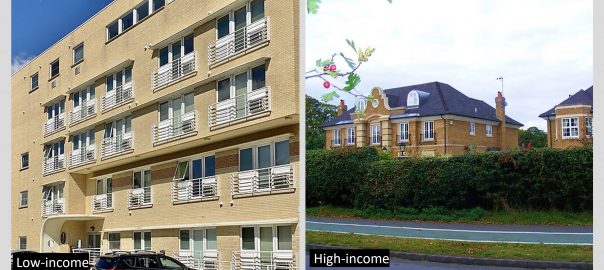
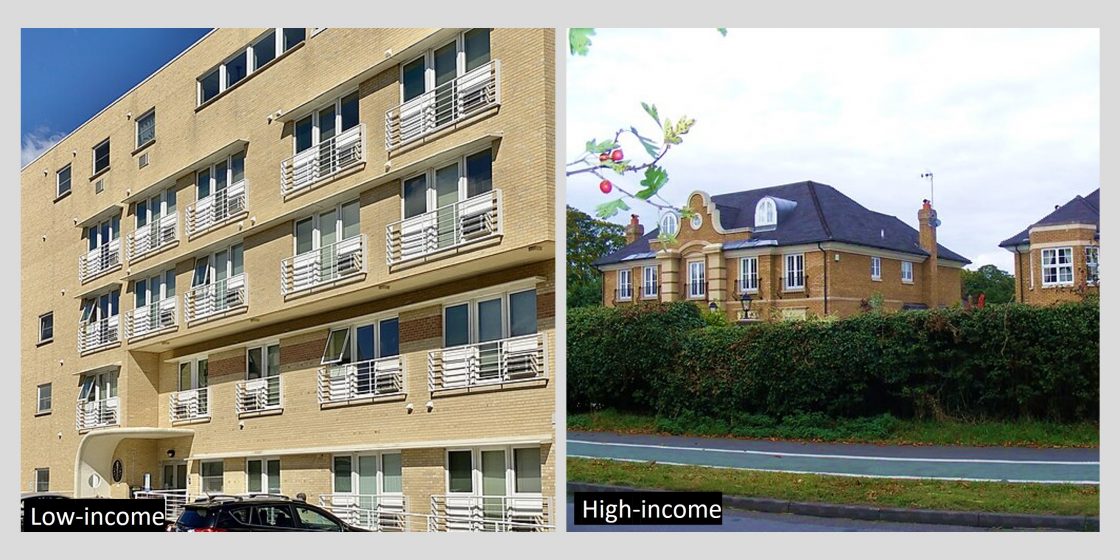
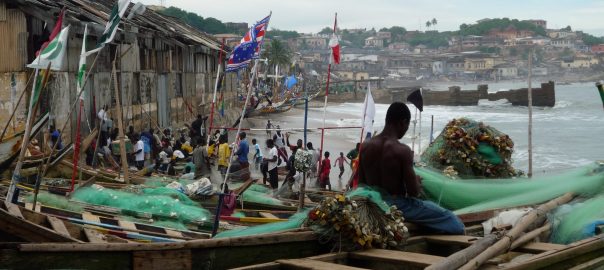
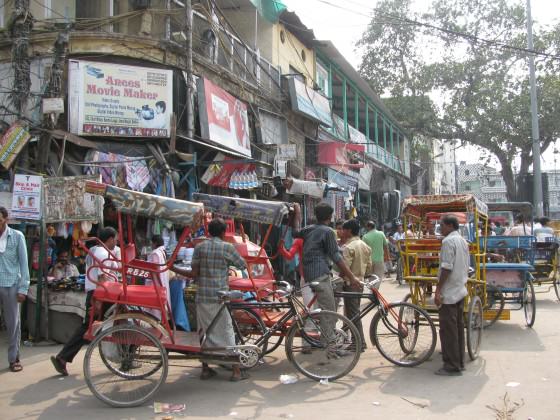
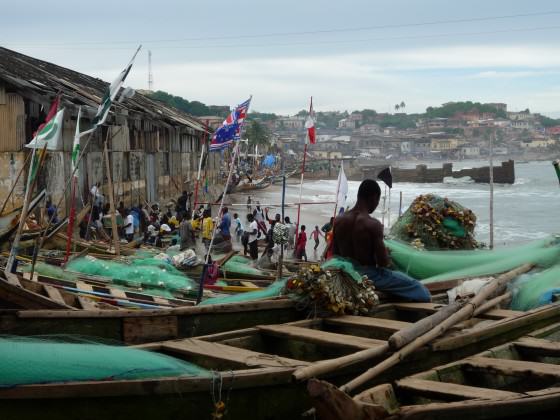
 Target 1: “By 2020, at the latest, people are aware of the values of biodiversity and the steps they can take to conserve and use it sustainably.”
Target 1: “By 2020, at the latest, people are aware of the values of biodiversity and the steps they can take to conserve and use it sustainably.”  Target 2: “By 2020, at the latest, biodiversity values have been integrated into national and local development and poverty reduction strategies and planning processes and are being incorporated into national accounting, as appropriate, and reporting systems.
Target 2: “By 2020, at the latest, biodiversity values have been integrated into national and local development and poverty reduction strategies and planning processes and are being incorporated into national accounting, as appropriate, and reporting systems. Target 3: “By 2020, at the latest, incentives, including subsidies, harmful to biodiversity are eliminated, phased out or reformed in order to minimize or avoid negative impacts, and positive incentives for the conservation and sustainable use of biodiversity are developed and applied, consistent and in harmony with the Convention and other relevant international obligations, taking into account national socio‑economic conditions.”
Target 3: “By 2020, at the latest, incentives, including subsidies, harmful to biodiversity are eliminated, phased out or reformed in order to minimize or avoid negative impacts, and positive incentives for the conservation and sustainable use of biodiversity are developed and applied, consistent and in harmony with the Convention and other relevant international obligations, taking into account national socio‑economic conditions.” Target 4: By 2020, at the latest, Governments, business and stakeholders at all levels have taken steps to achieve or have implemented plans for sustainable production and consumption and have kept the impacts of use of natural resources well within safe ecological limits.
Target 4: By 2020, at the latest, Governments, business and stakeholders at all levels have taken steps to achieve or have implemented plans for sustainable production and consumption and have kept the impacts of use of natural resources well within safe ecological limits.  Target 5: By 2020, the rate of loss of all natural habitats, including forests, is at least halved and where feasible brought close to zero, and degradation and fragmentation is significantly reduced.
Target 5: By 2020, the rate of loss of all natural habitats, including forests, is at least halved and where feasible brought close to zero, and degradation and fragmentation is significantly reduced. Target 6: By 2020 all fish and invertebrate stocks and aquatic plants are managed and harvested sustainably, legally and applying ecosystem based approaches, so that overfishing is avoided, recovery plans and measures are in place for all depleted species, fisheries have no significant adverse impacts on threatened species and vulnerable ecosystems and the impacts of fisheries on stocks, species and ecosystems are within safe ecological limits.
Target 6: By 2020 all fish and invertebrate stocks and aquatic plants are managed and harvested sustainably, legally and applying ecosystem based approaches, so that overfishing is avoided, recovery plans and measures are in place for all depleted species, fisheries have no significant adverse impacts on threatened species and vulnerable ecosystems and the impacts of fisheries on stocks, species and ecosystems are within safe ecological limits. Target 7: By 2020 areas under agriculture, aquaculture and forestry are managed sustainably, ensuring conservation of biodiversity.
Target 7: By 2020 areas under agriculture, aquaculture and forestry are managed sustainably, ensuring conservation of biodiversity. Target 8: By 2020, pollution, including from excess nutrients, has been brought to levels that are not detrimental to ecosystem function and biodiversity.
Target 8: By 2020, pollution, including from excess nutrients, has been brought to levels that are not detrimental to ecosystem function and biodiversity. Target 9: By 2020, invasive alien species and pathways are identified and prioritized, priority species are controlled or eradicated, and measures are in place to manage pathways to prevent their introduction and establishment.
Target 9: By 2020, invasive alien species and pathways are identified and prioritized, priority species are controlled or eradicated, and measures are in place to manage pathways to prevent their introduction and establishment. Target 10: By 2015, the multiple anthropogenic pressures on coral reefs, and other vulnerable ecosystems impacted by climate change or ocean acidification are minimized, so as to maintain their integrity and functioning.
Target 10: By 2015, the multiple anthropogenic pressures on coral reefs, and other vulnerable ecosystems impacted by climate change or ocean acidification are minimized, so as to maintain their integrity and functioning. Target 11: By 2020, at least 17 per cent of terrestrial and inland water areas, and 10 per cent of coastal and marine areas, especially areas of particular importance for biodiversity and ecosystem services, are conserved through effectively and equitably managed, ecologically representative and well-connected systems of protected areas and other effective area-based conservation measures, and integrated into the wider landscapes and seascapes.
Target 11: By 2020, at least 17 per cent of terrestrial and inland water areas, and 10 per cent of coastal and marine areas, especially areas of particular importance for biodiversity and ecosystem services, are conserved through effectively and equitably managed, ecologically representative and well-connected systems of protected areas and other effective area-based conservation measures, and integrated into the wider landscapes and seascapes. Target 12: By 2020 the extinction of known threatened species has been prevented and their conservation status, particularly of those most in decline, has been improved and sustained.
Target 12: By 2020 the extinction of known threatened species has been prevented and their conservation status, particularly of those most in decline, has been improved and sustained. Target 13: By 2020, the genetic diversity of cultivated plants and farmed and domesticated animals and of wild relatives, including other socio-economically as well as culturally valuable species, is maintained, and strategies have been developed and implemented for minimizing genetic erosion and safeguarding their genetic diversity.
Target 13: By 2020, the genetic diversity of cultivated plants and farmed and domesticated animals and of wild relatives, including other socio-economically as well as culturally valuable species, is maintained, and strategies have been developed and implemented for minimizing genetic erosion and safeguarding their genetic diversity.  Target 14: By 2020, ecosystems that provide essential services, including services related to water, and contribute to health, livelihoods and well-being, are restored and safeguarded, taking into account the needs of women, indigenous and local communities, and the poor and vulnerable.
Target 14: By 2020, ecosystems that provide essential services, including services related to water, and contribute to health, livelihoods and well-being, are restored and safeguarded, taking into account the needs of women, indigenous and local communities, and the poor and vulnerable. Target 15: By 2020, ecosystem resilience and the contribution of biodiversity to carbon stocks has been enhanced, through conservation and restoration, including restoration of at least 15 per cent of degraded ecosystems, thereby contributing to climate change mitigation and adaptation and to combating desertification.
Target 15: By 2020, ecosystem resilience and the contribution of biodiversity to carbon stocks has been enhanced, through conservation and restoration, including restoration of at least 15 per cent of degraded ecosystems, thereby contributing to climate change mitigation and adaptation and to combating desertification. Target 16: By 2015, the Nagoya Protocol on Access to Genetic Resources and the Fair and Equitable Sharing of Benefits Arising from their Utilization is in force and operational, consistent with national legislation.
Target 16: By 2015, the Nagoya Protocol on Access to Genetic Resources and the Fair and Equitable Sharing of Benefits Arising from their Utilization is in force and operational, consistent with national legislation. Target 17: By 2015 each Party has developed, adopted as a policy instrument, and has commenced implementing an effective, participatory and updated national biodiversity strategy and action plan.
Target 17: By 2015 each Party has developed, adopted as a policy instrument, and has commenced implementing an effective, participatory and updated national biodiversity strategy and action plan. Target 18: By 2020, the traditional knowledge, innovations and practices of indigenous and local communities relevant for the conservation and sustainable use of biodiversity, and their customary use of biological resources, are respected, subject to national legislation and relevant international obligations, and fully integrated and reflected in the implementation of the Convention with the full and effective participation of indigenous and local communities, at all relevant levels.
Target 18: By 2020, the traditional knowledge, innovations and practices of indigenous and local communities relevant for the conservation and sustainable use of biodiversity, and their customary use of biological resources, are respected, subject to national legislation and relevant international obligations, and fully integrated and reflected in the implementation of the Convention with the full and effective participation of indigenous and local communities, at all relevant levels. Target 19: By 2020, knowledge, the science base and technologies relating to biodiversity, its values, functioning, status and trends, and the consequences of its loss, are improved, widely shared and transferred, and applied.
Target 19: By 2020, knowledge, the science base and technologies relating to biodiversity, its values, functioning, status and trends, and the consequences of its loss, are improved, widely shared and transferred, and applied. Target 20: By 2020, at the latest, the mobilization of financial resources for effectively implementing the Strategic Plan for Biodiversity 2011-2020 from all sources, and in accordance with the consolidated and agreed process in the Strategy for Resource Mobilization, should increase substantially from the current levels. This target will be subject to changes contingent to resource needs assessments to be developed and reported by Parties.
Target 20: By 2020, at the latest, the mobilization of financial resources for effectively implementing the Strategic Plan for Biodiversity 2011-2020 from all sources, and in accordance with the consolidated and agreed process in the Strategy for Resource Mobilization, should increase substantially from the current levels. This target will be subject to changes contingent to resource needs assessments to be developed and reported by Parties.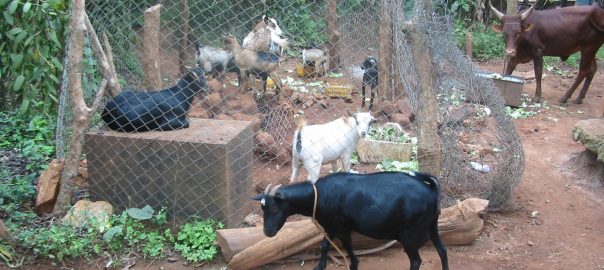
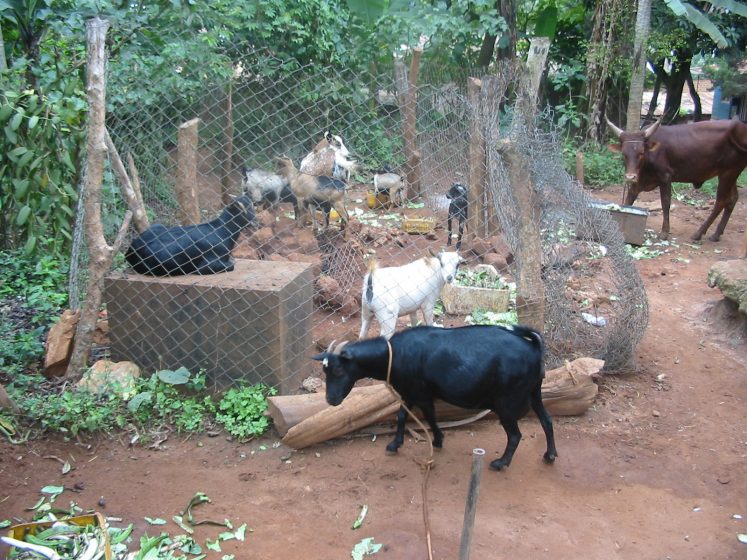
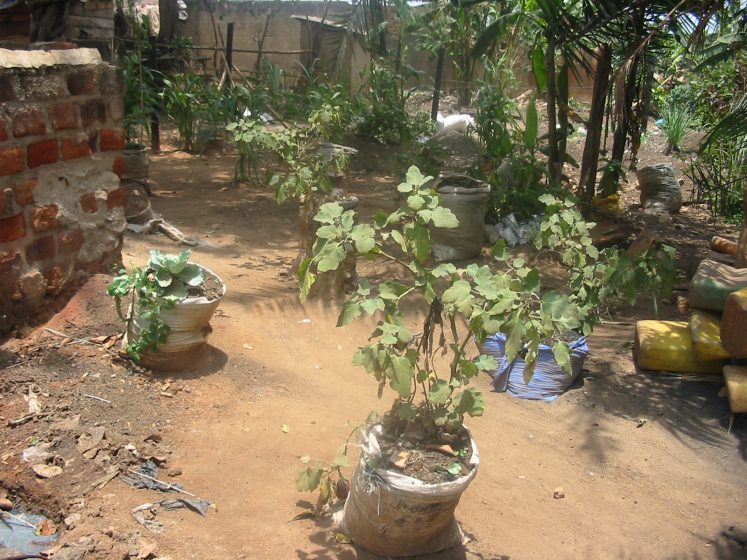
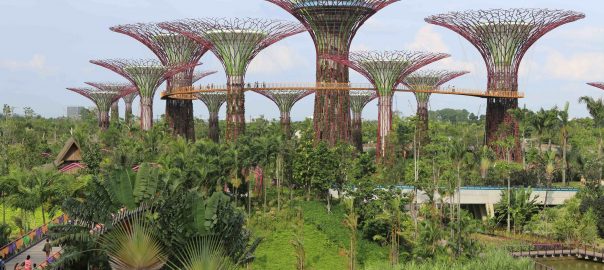
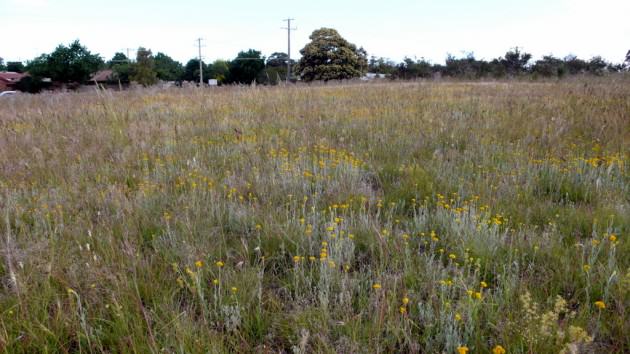
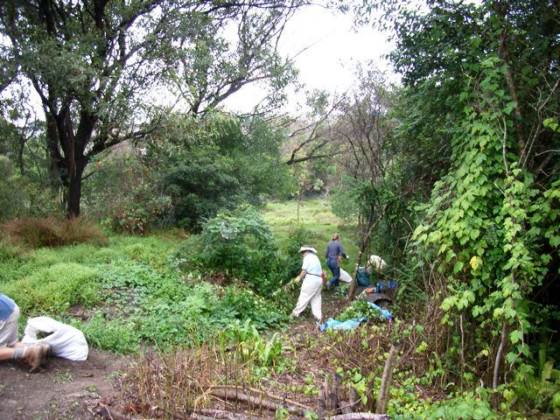
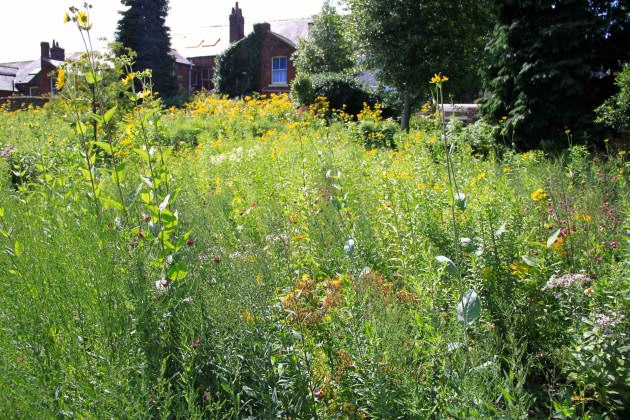
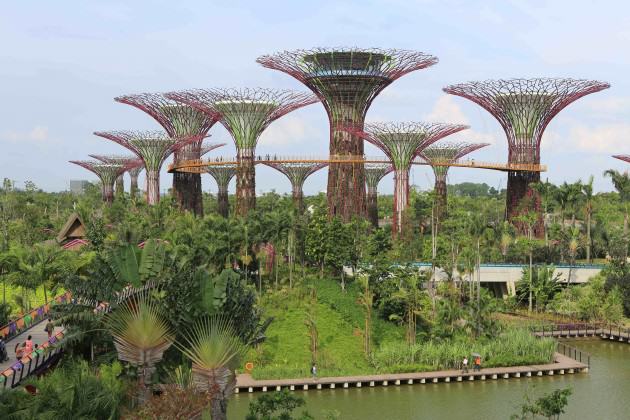
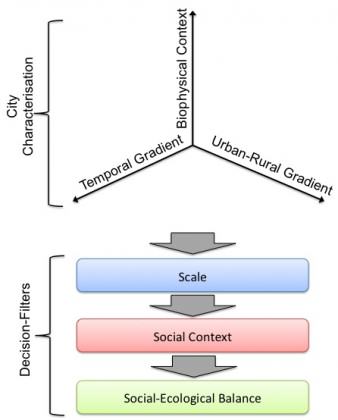
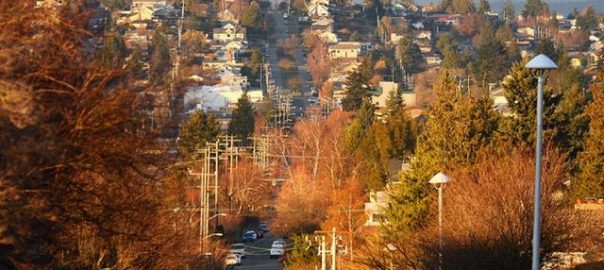
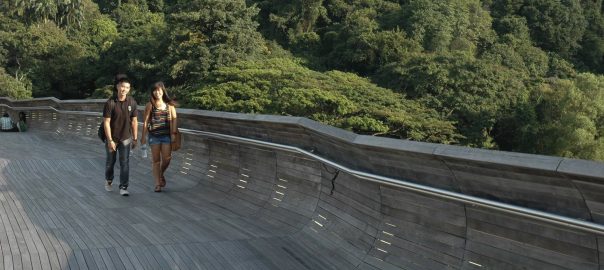
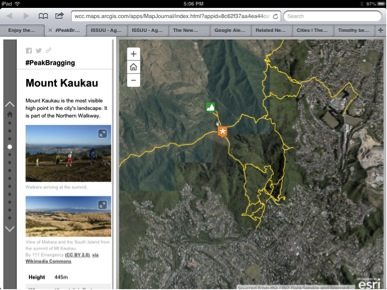
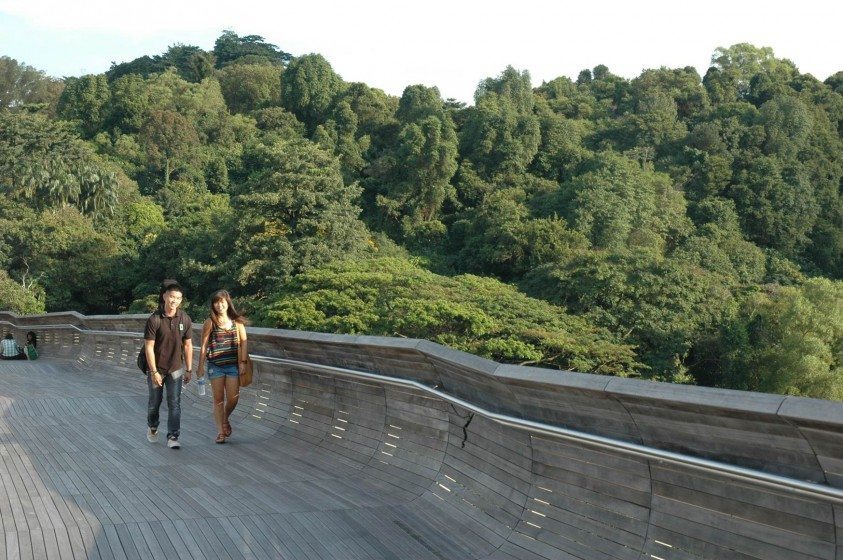
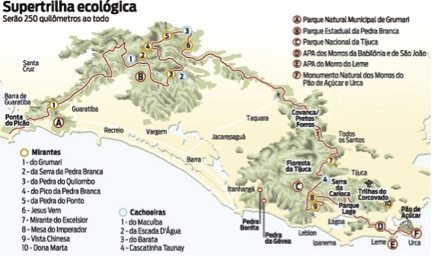
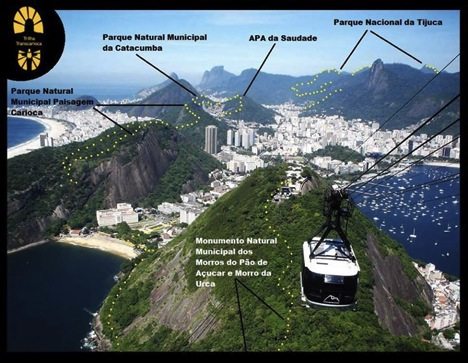
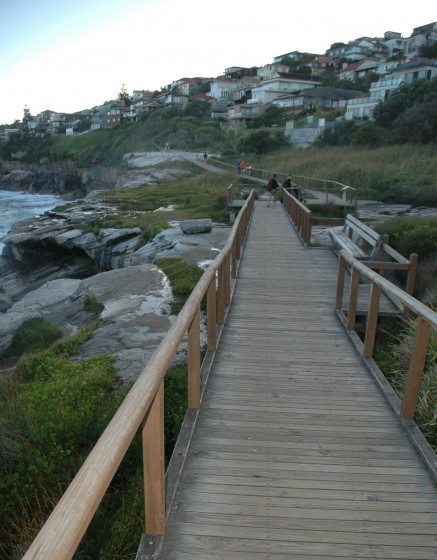
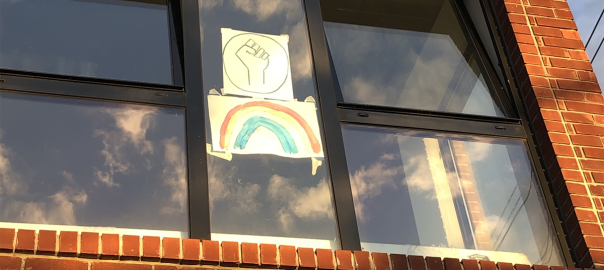
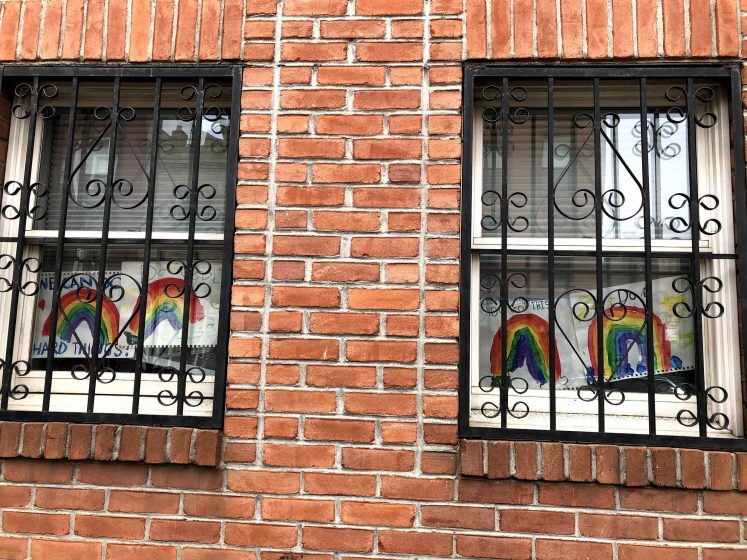

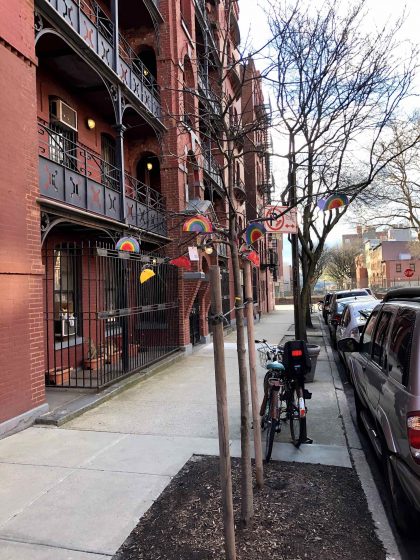

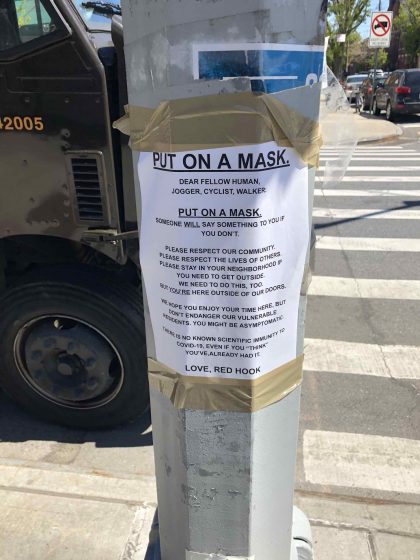
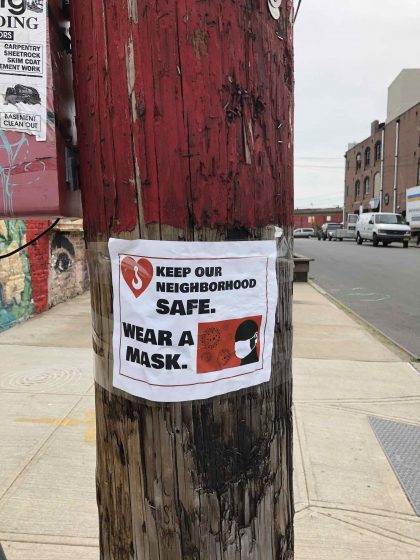
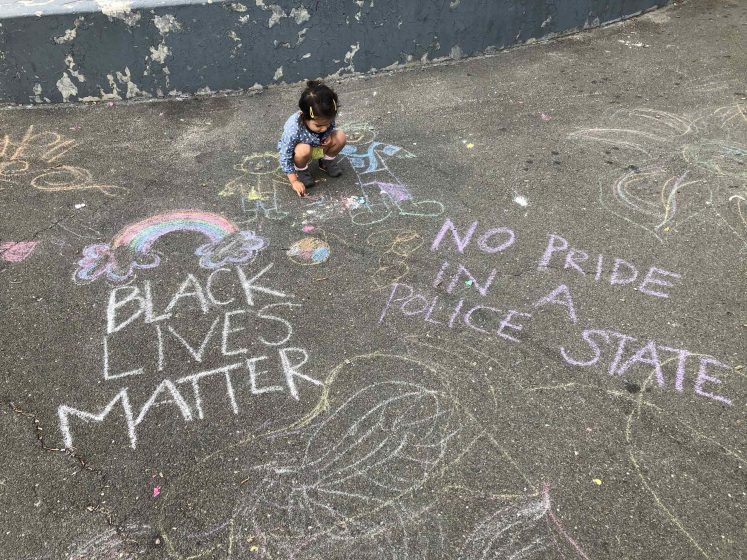
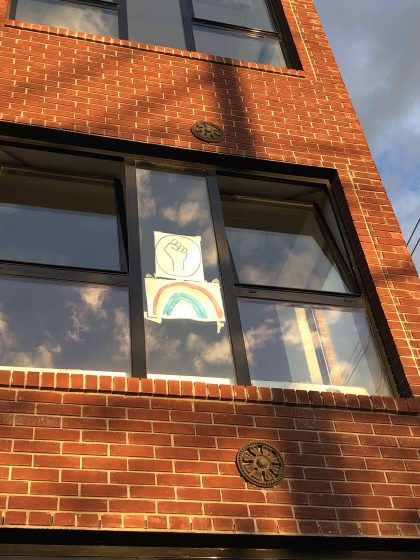
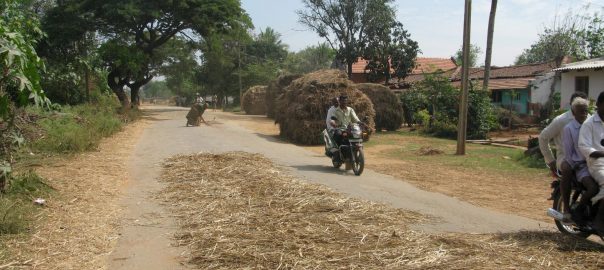
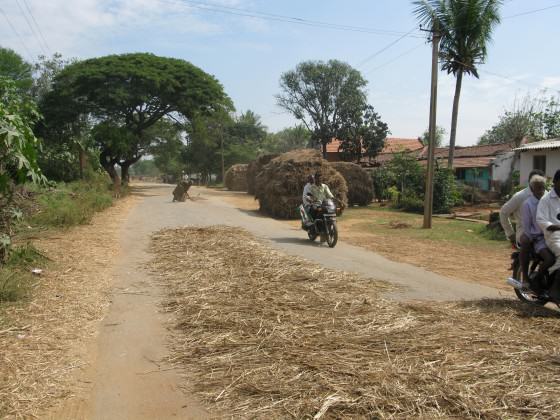
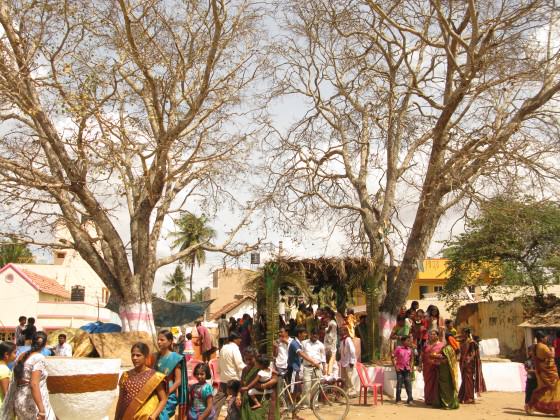
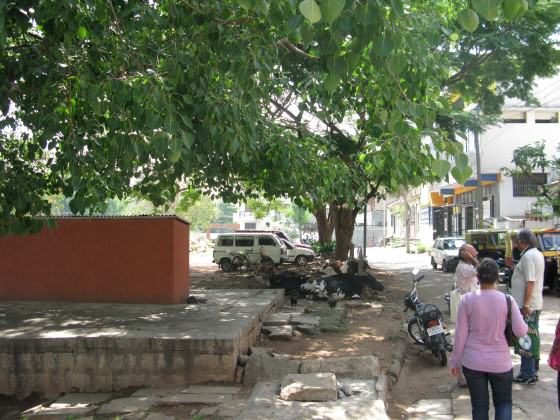
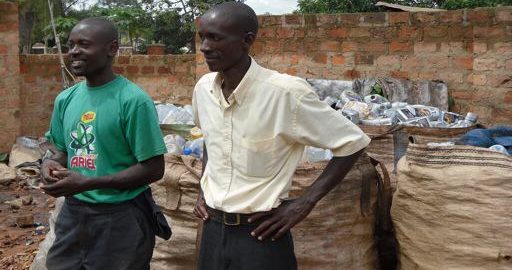
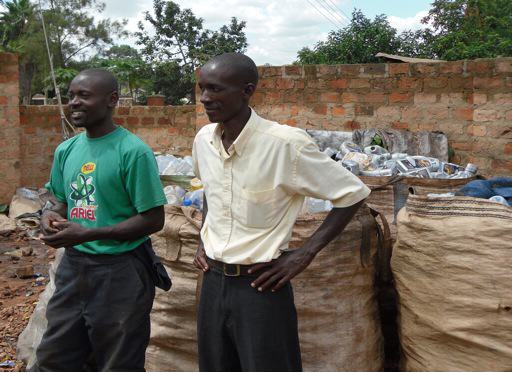
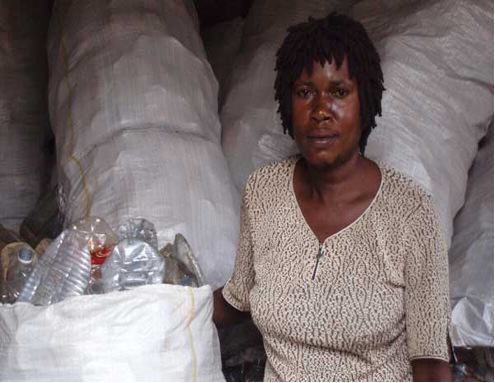
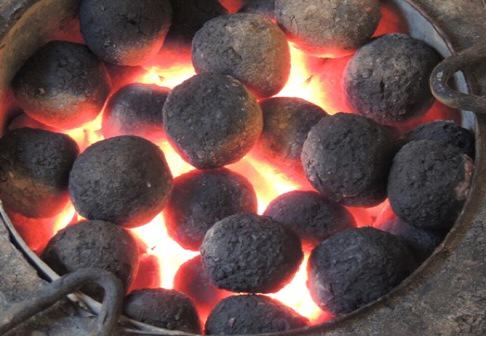
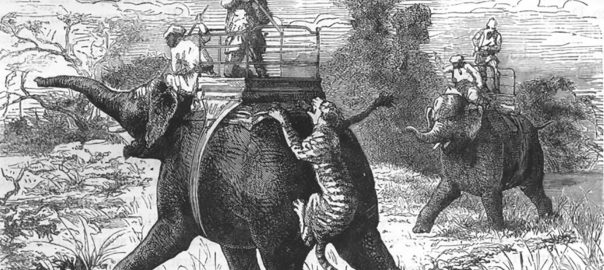
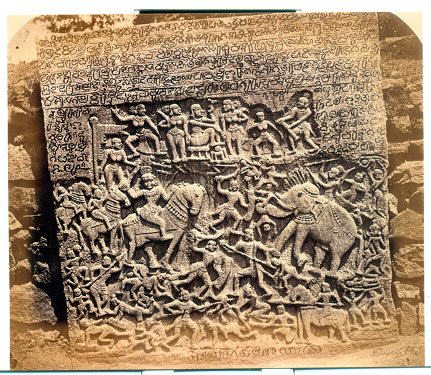
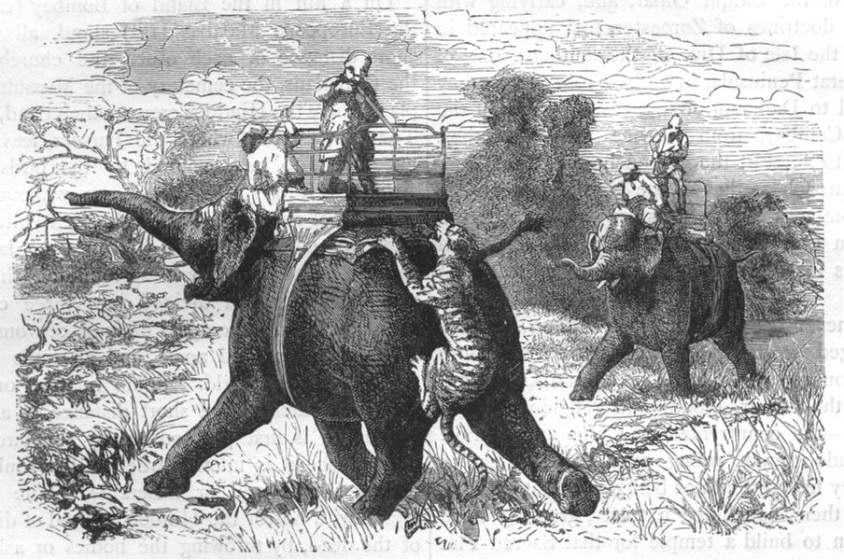
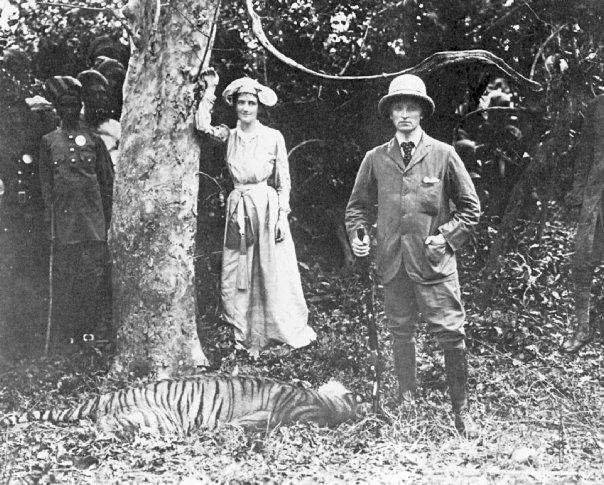
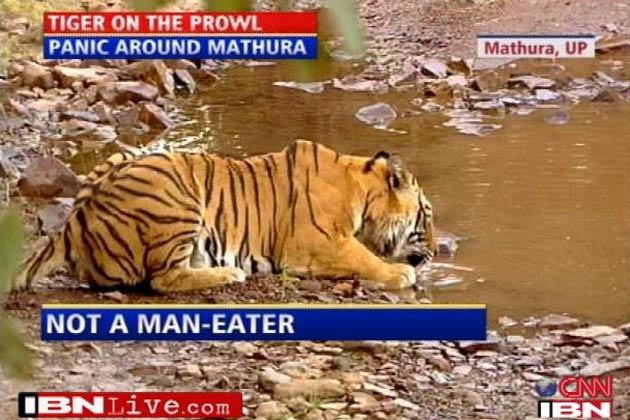 My friend Madhu Katti (also a TNOC writer) has written about other invasions of urban habitat by wildlife in recent times, including the return of the
My friend Madhu Katti (also a TNOC writer) has written about other invasions of urban habitat by wildlife in recent times, including the return of the 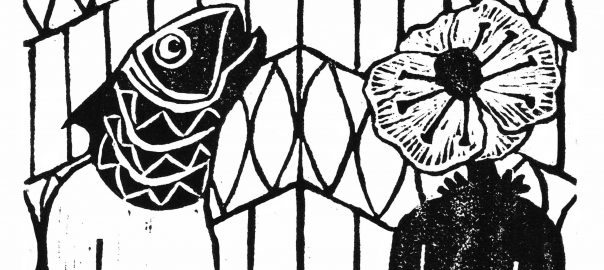

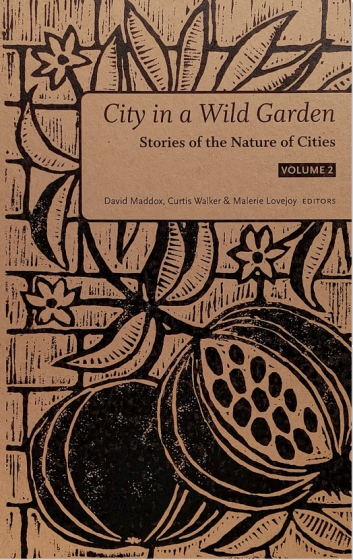

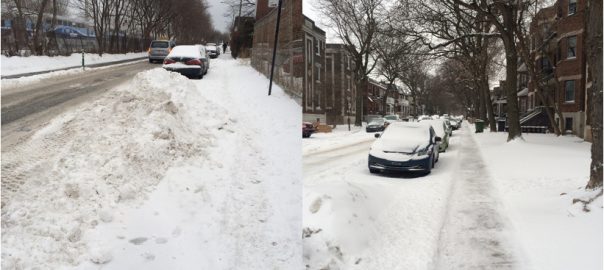






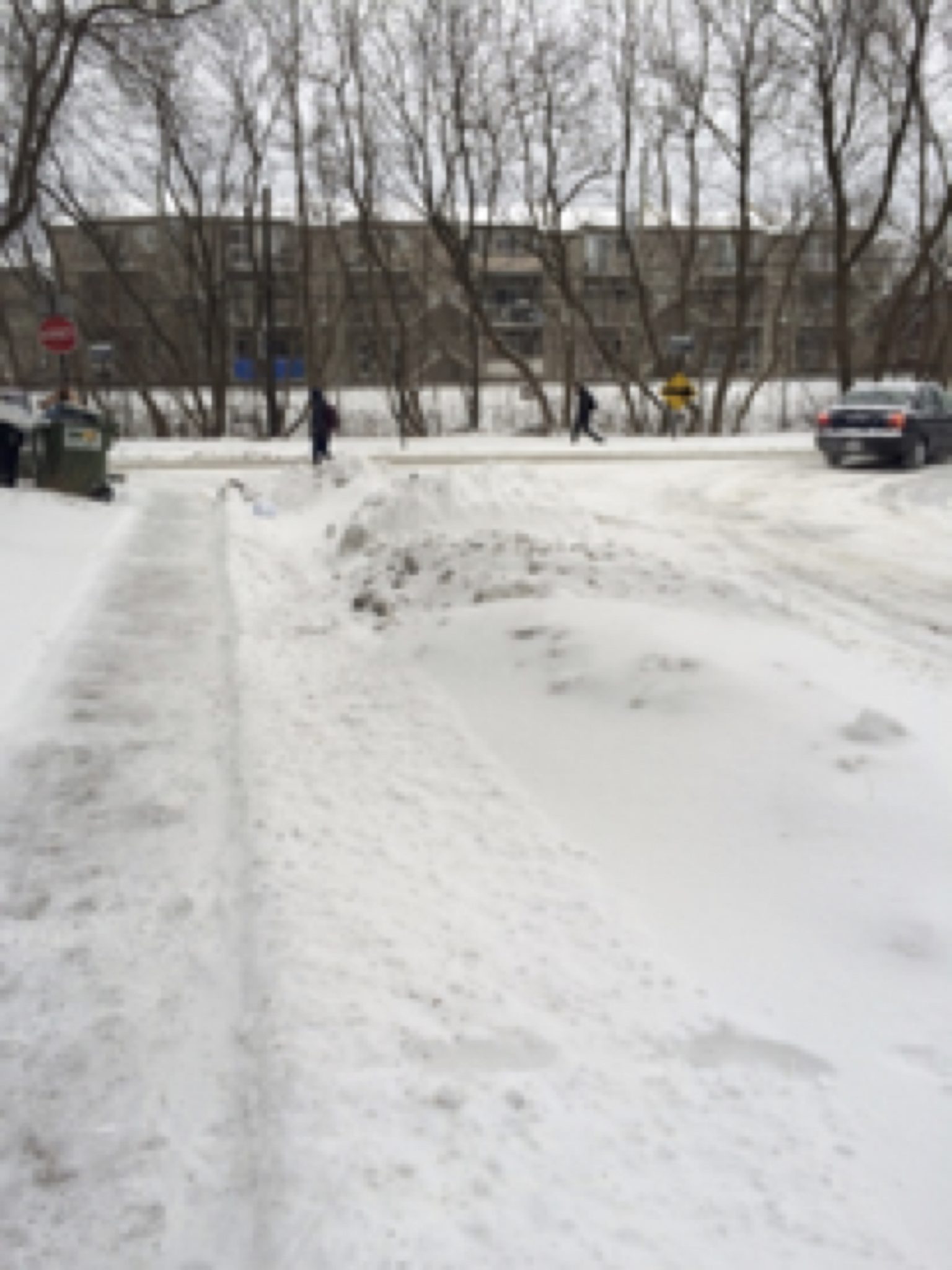


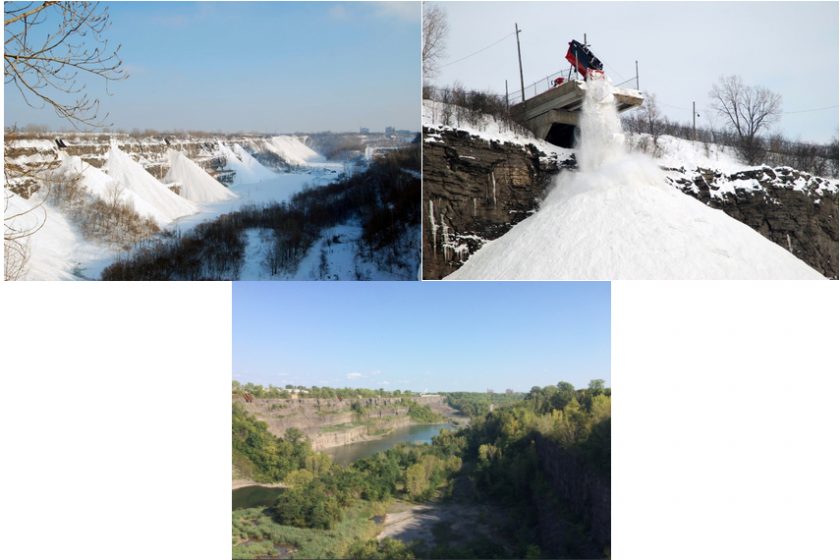


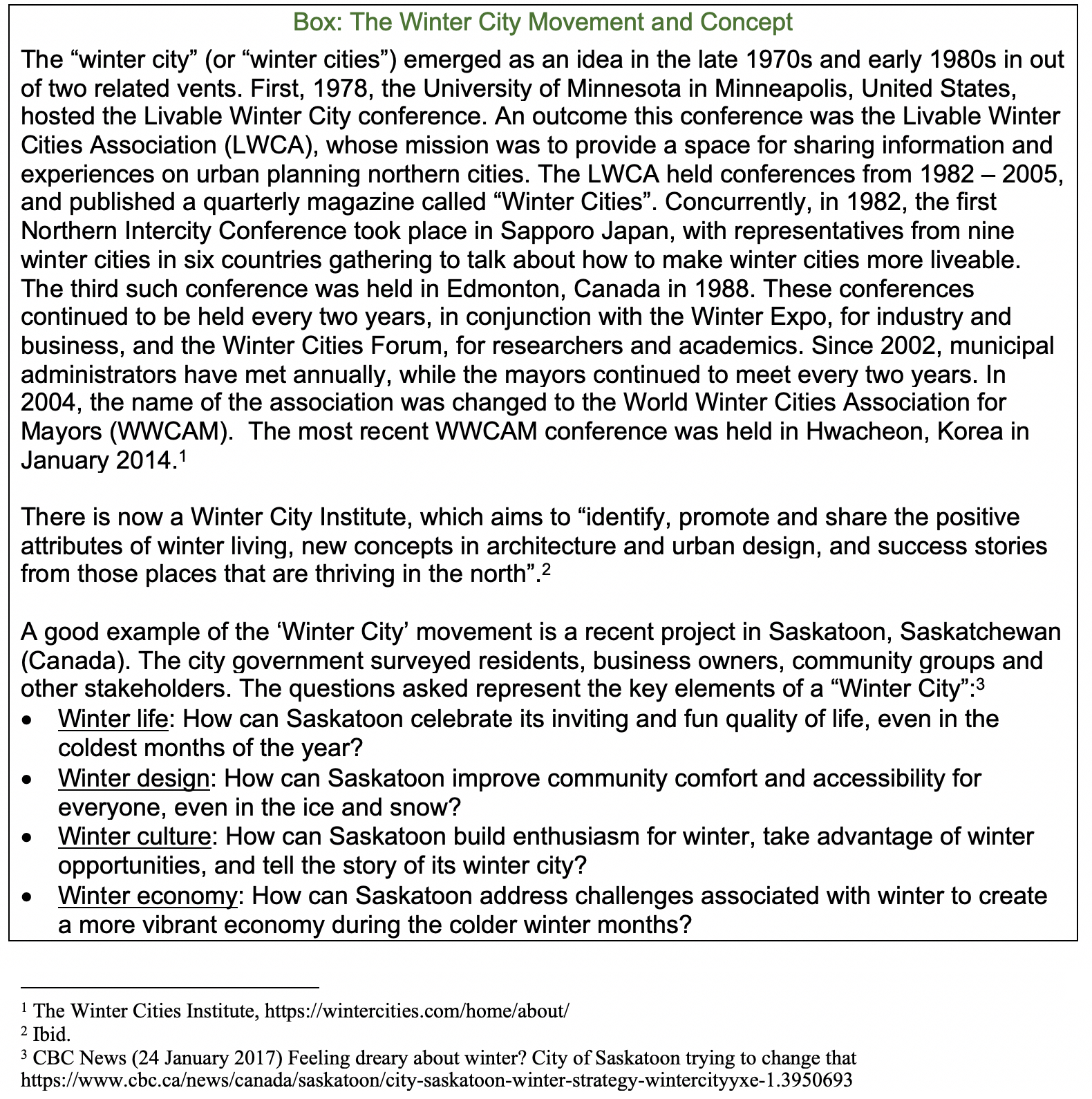
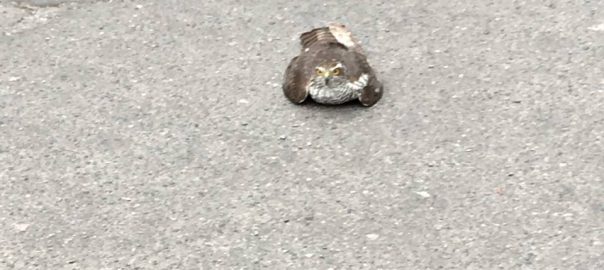
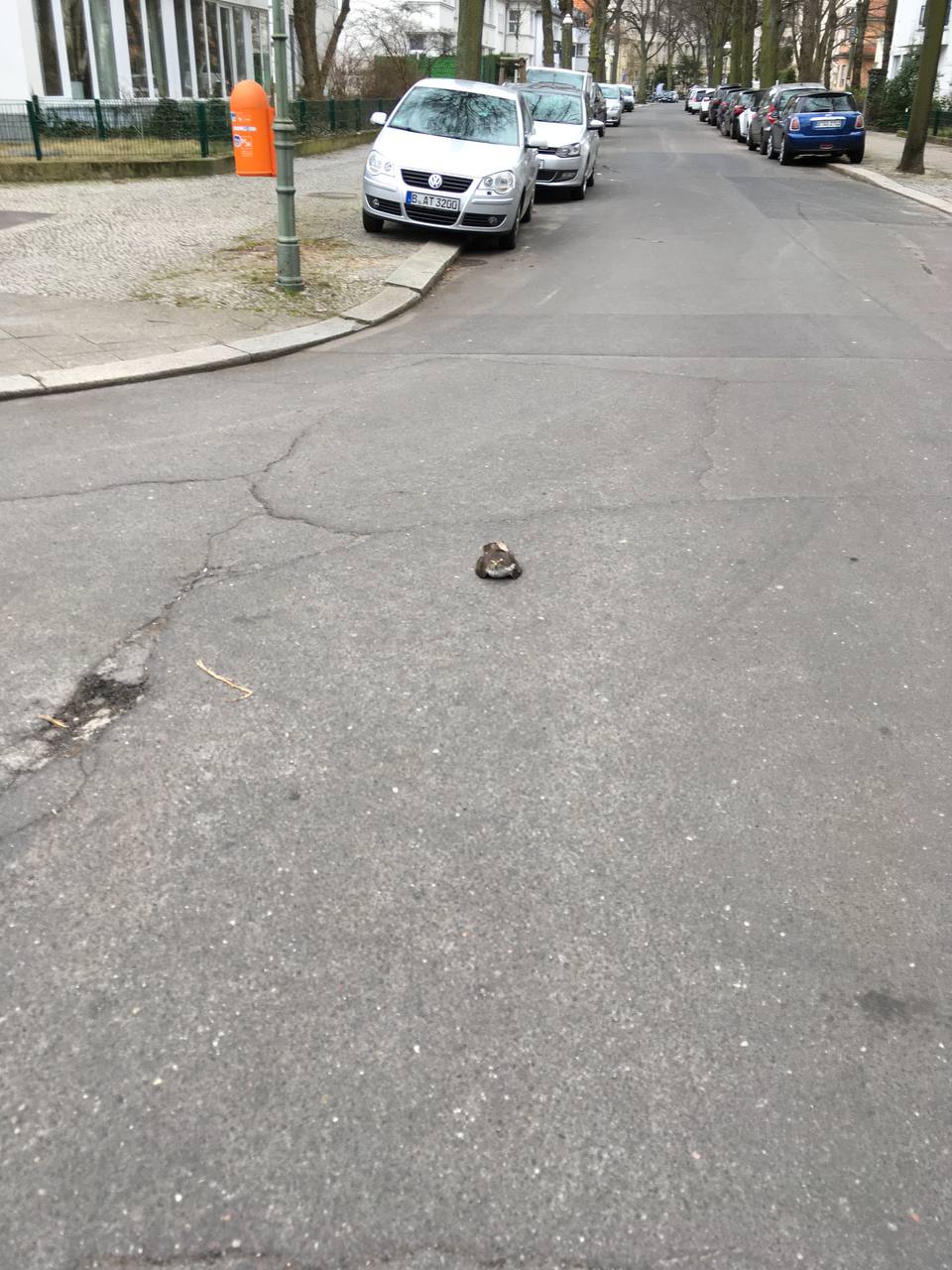
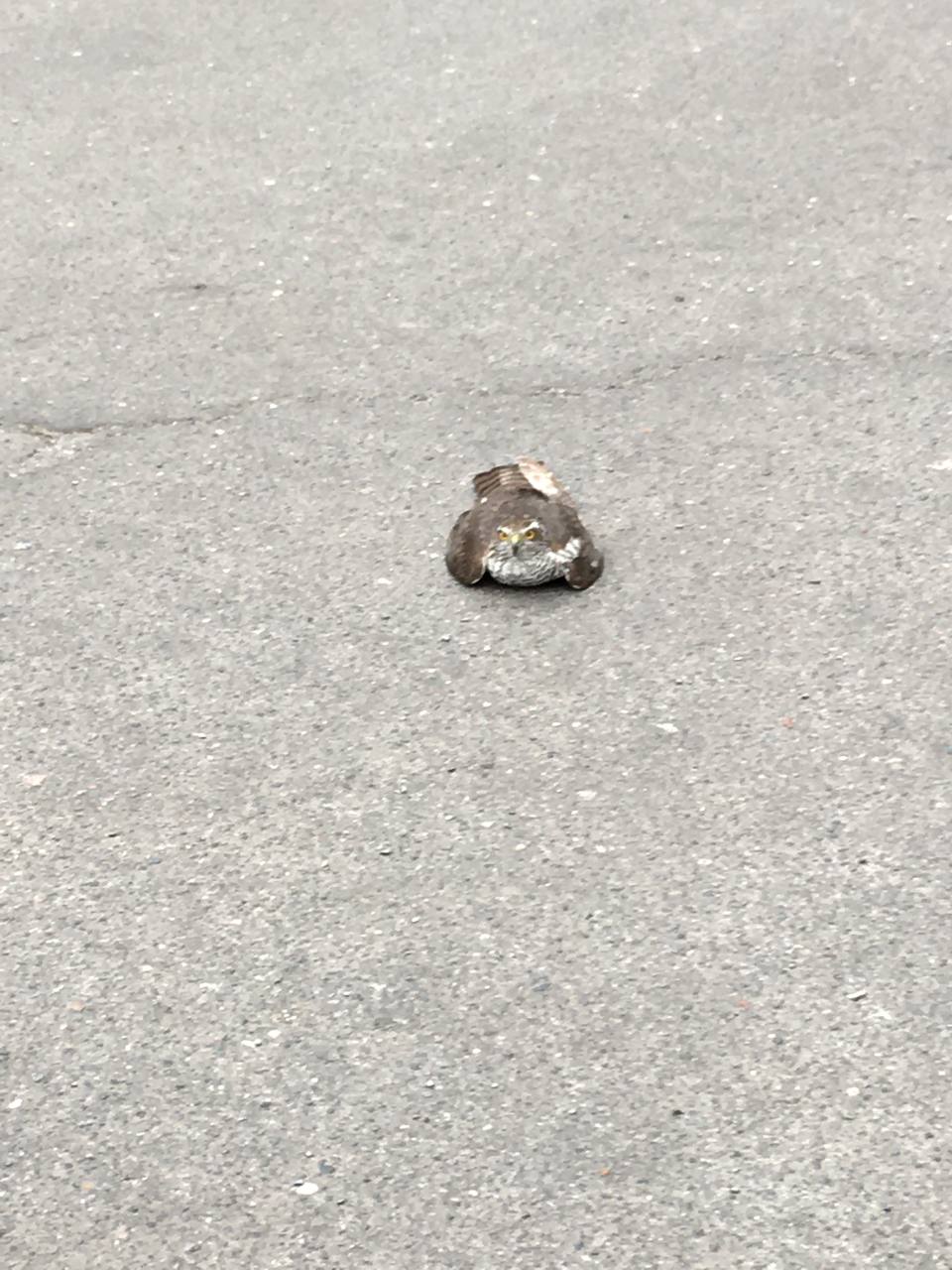
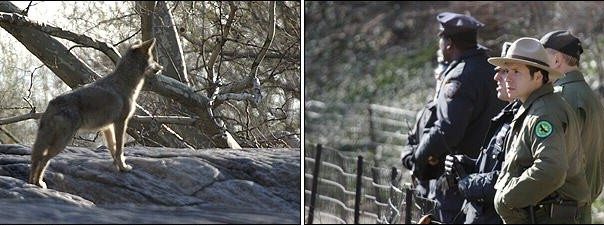
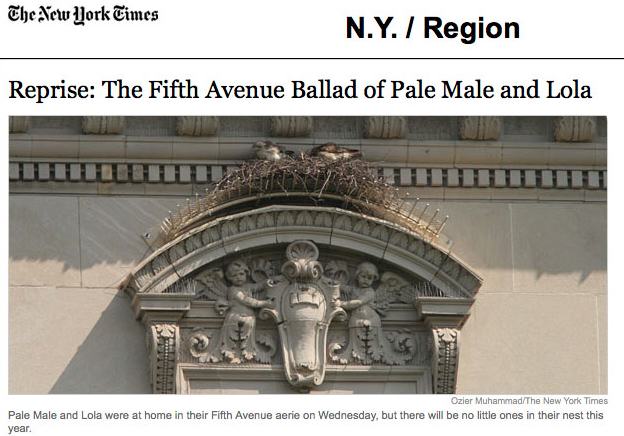
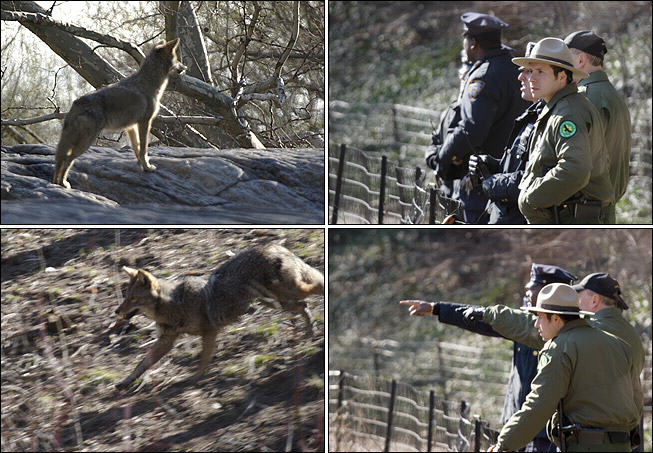
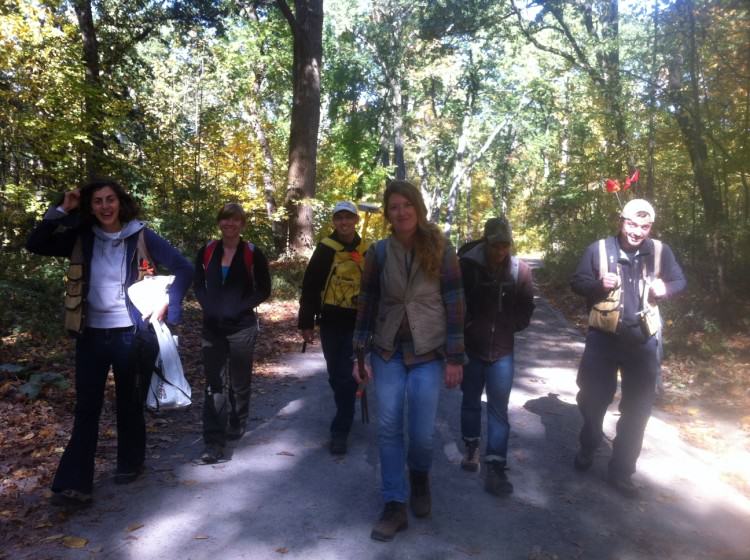
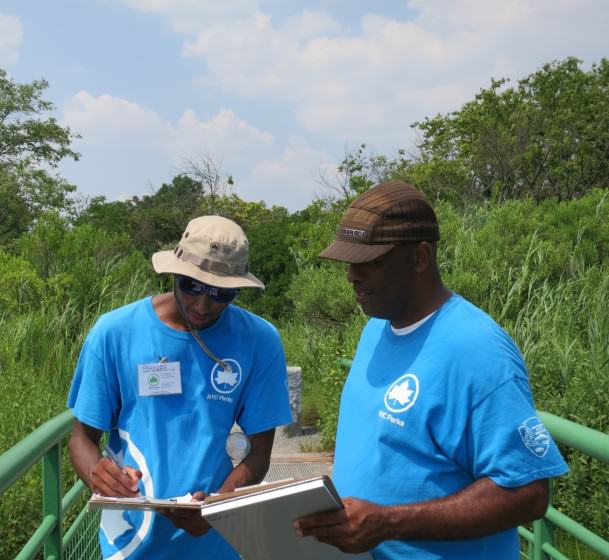
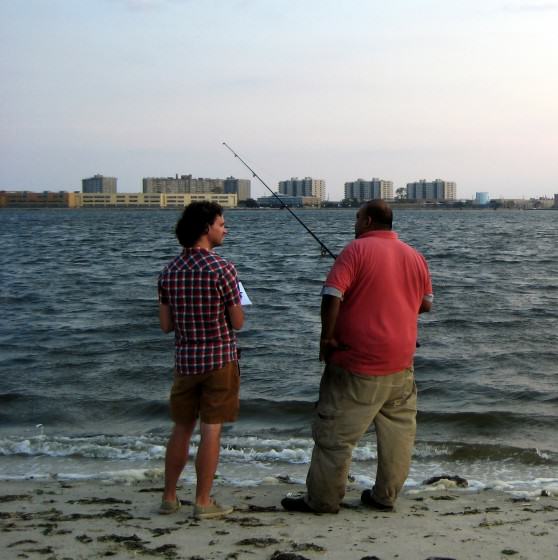
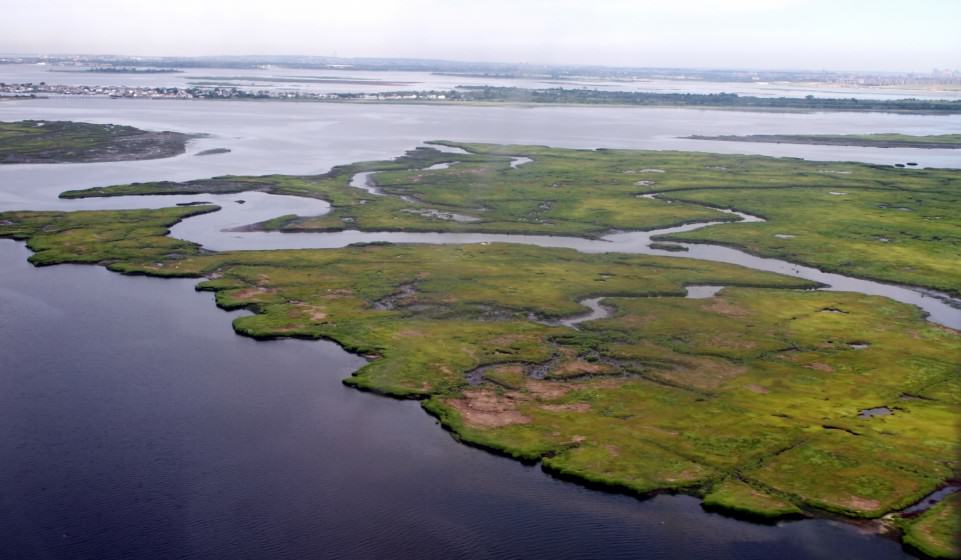
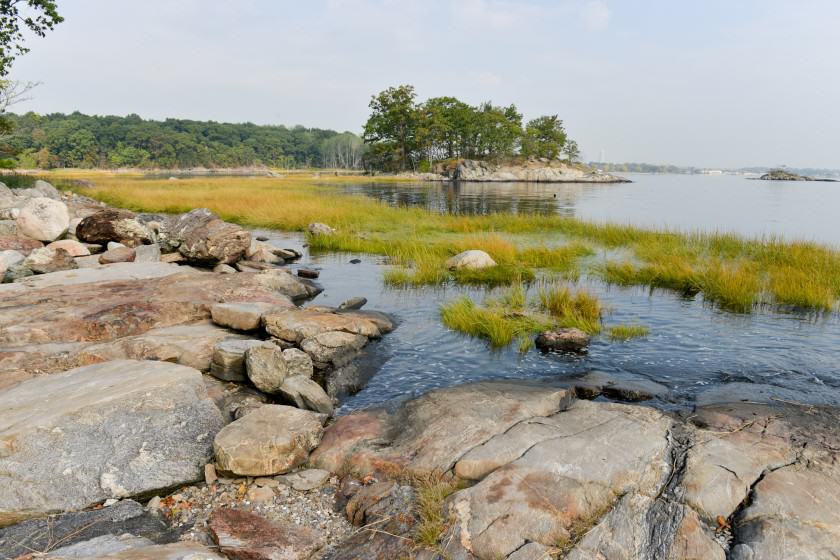
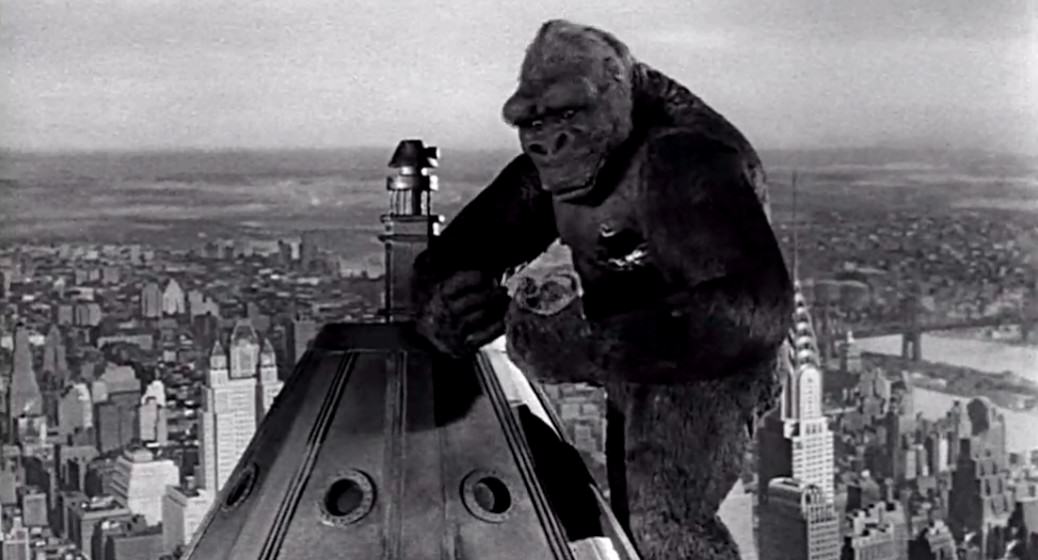
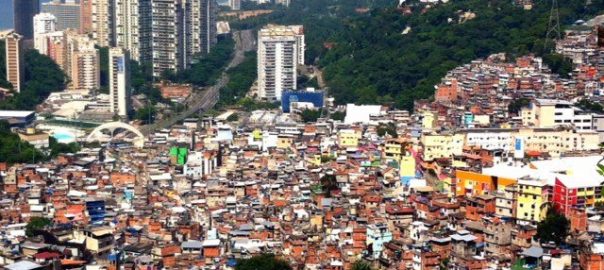
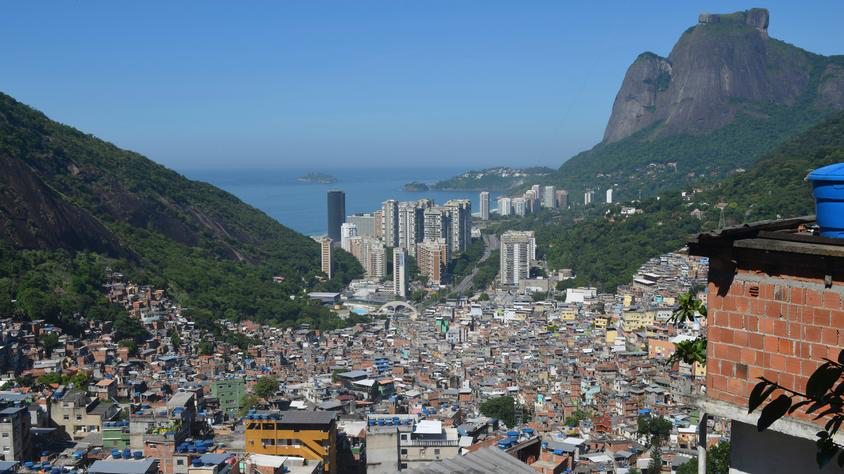
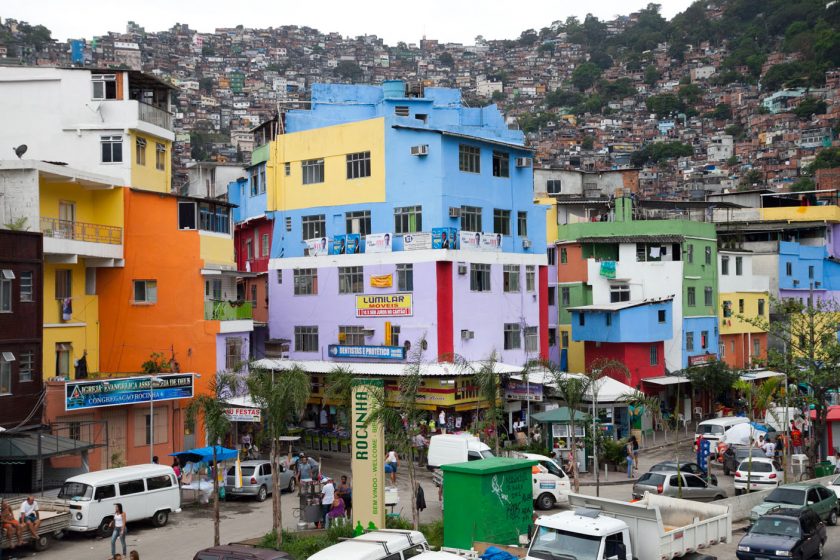
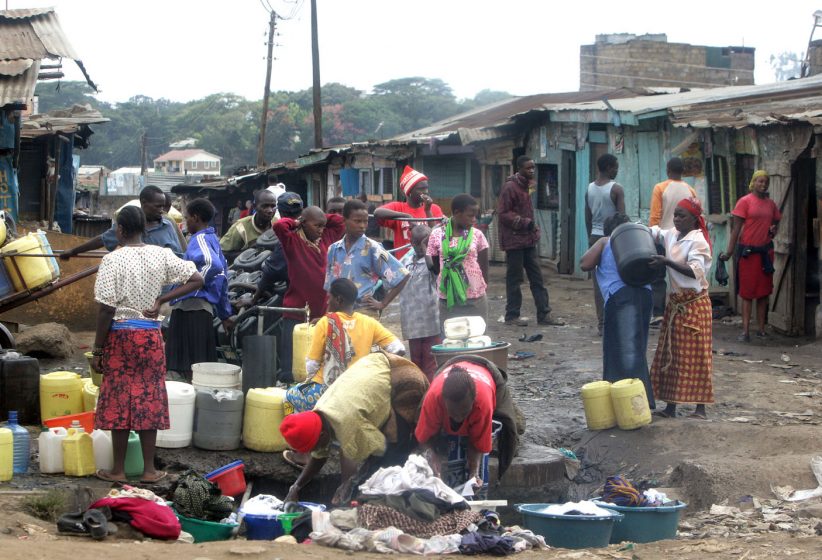
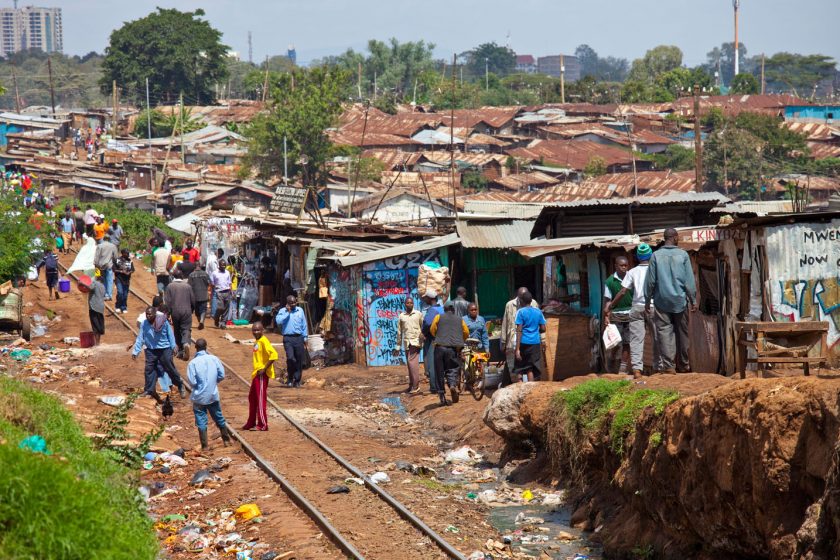
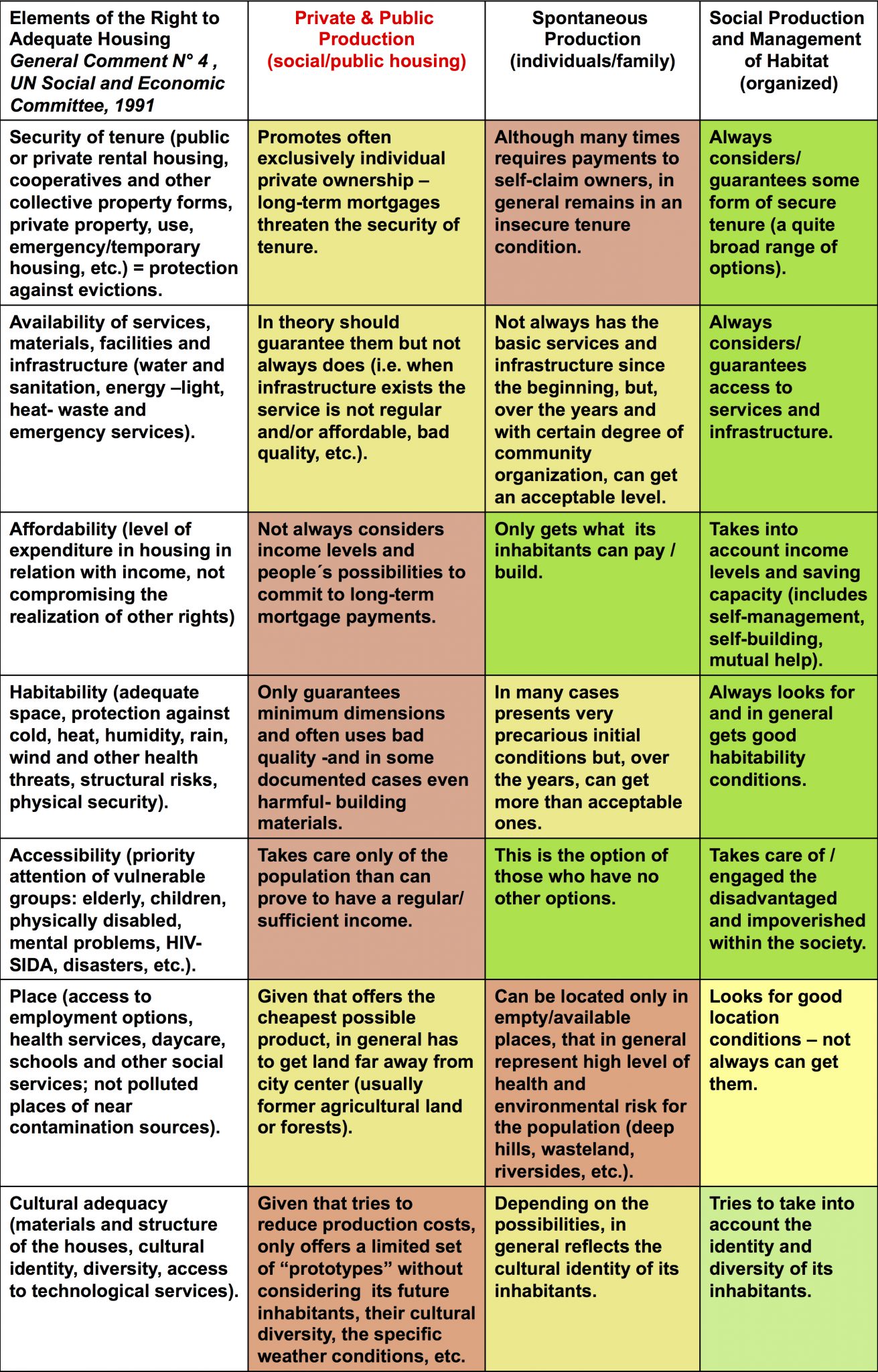
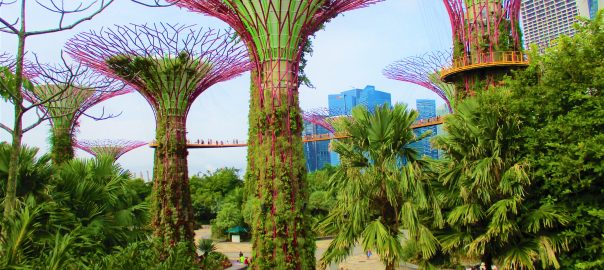
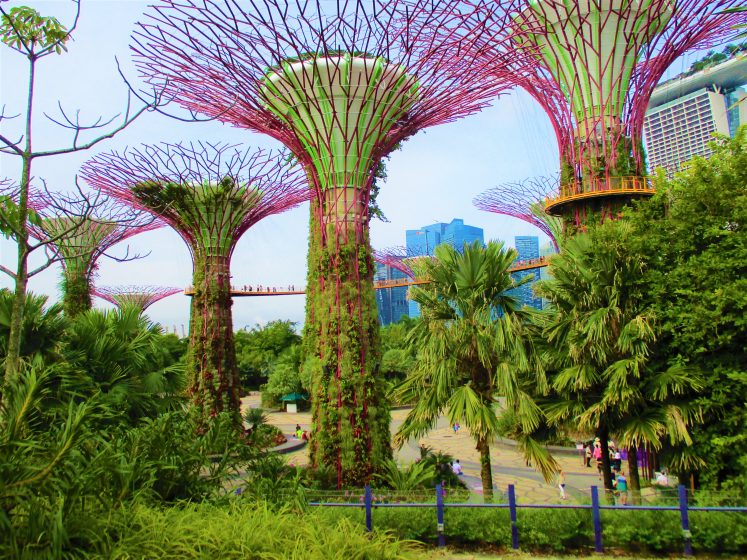
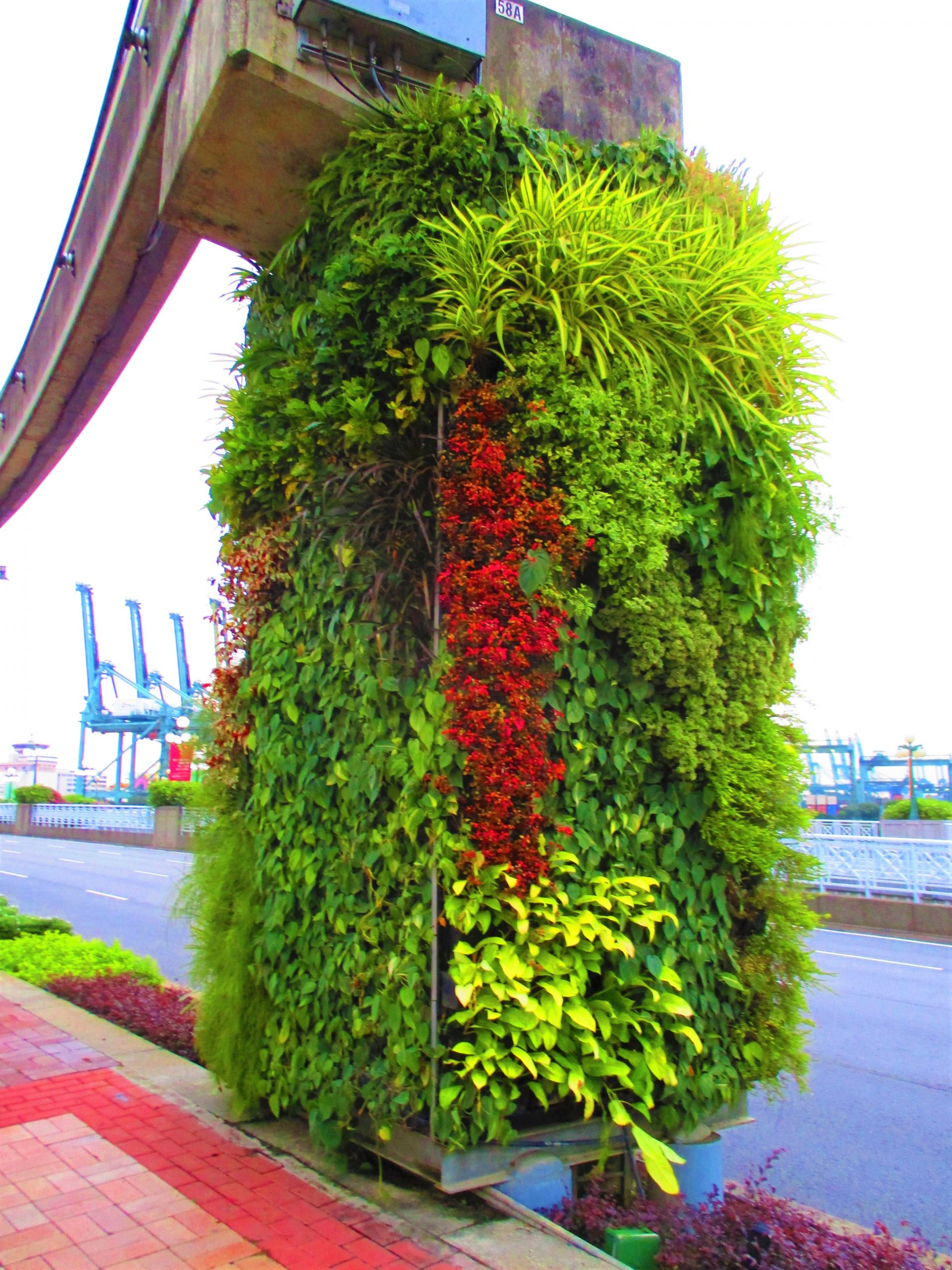
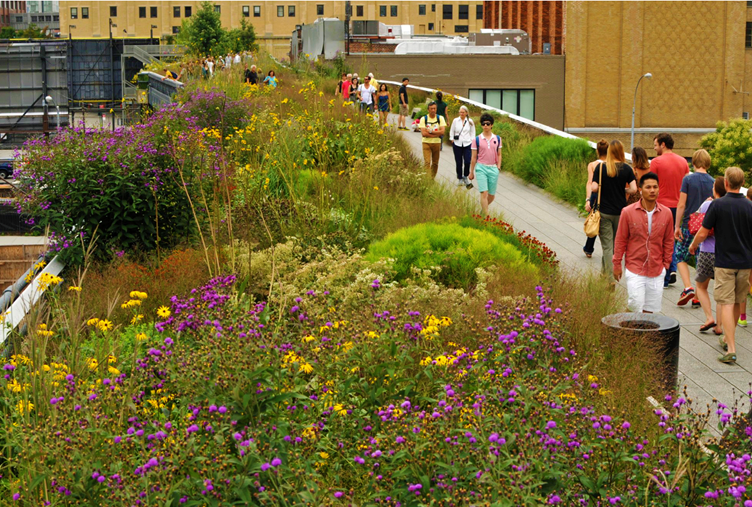

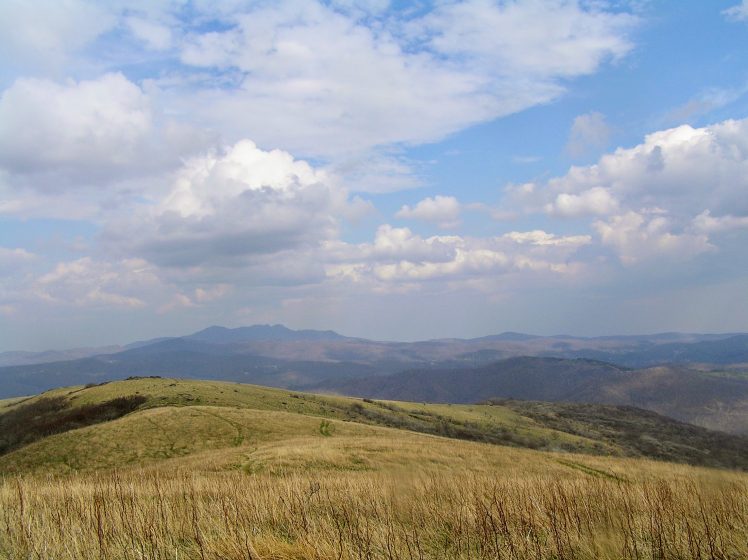
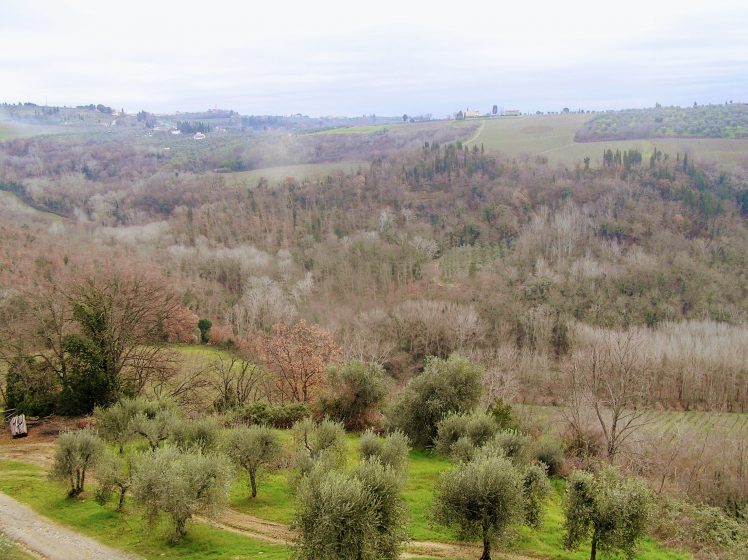
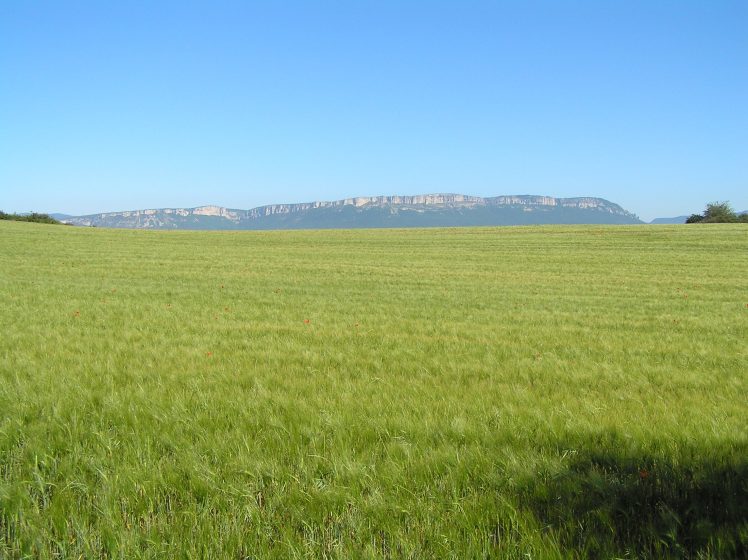
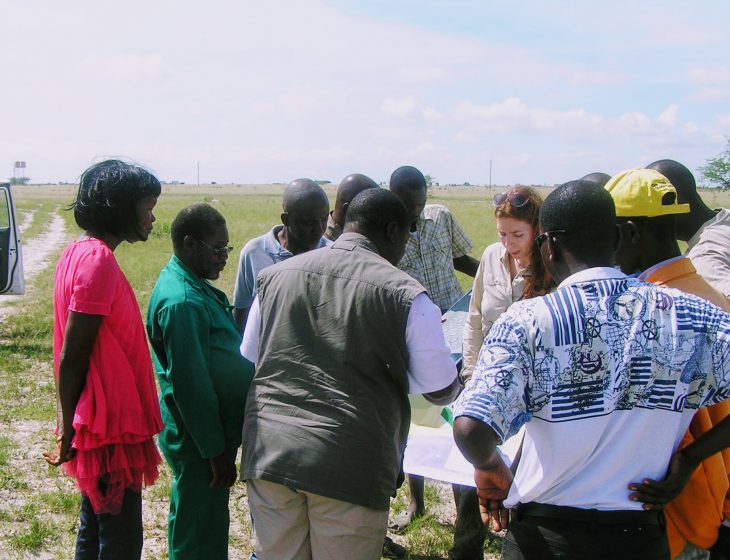
Add a Comment
Join our conversation